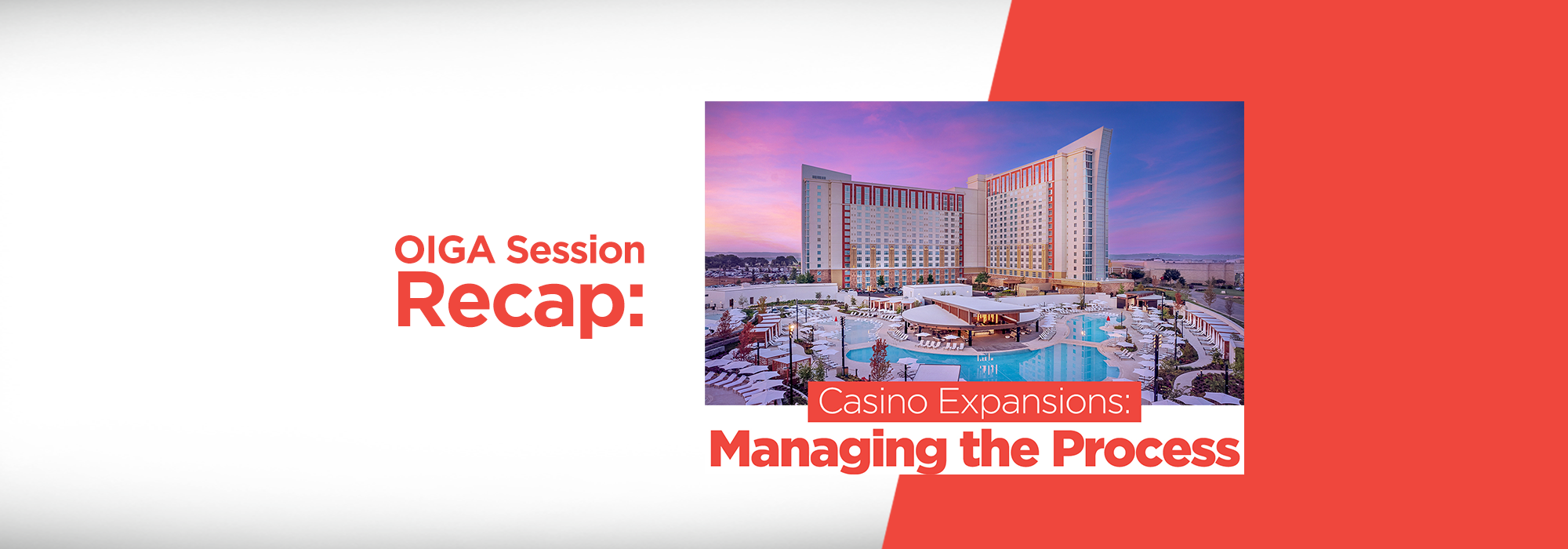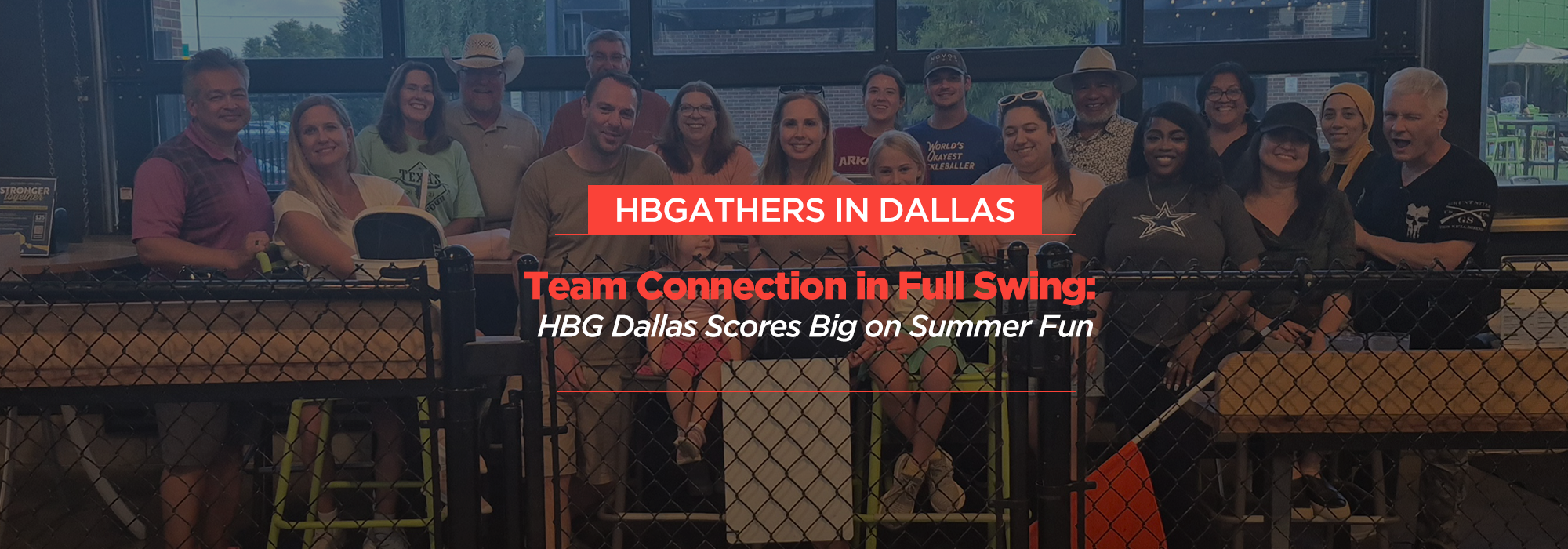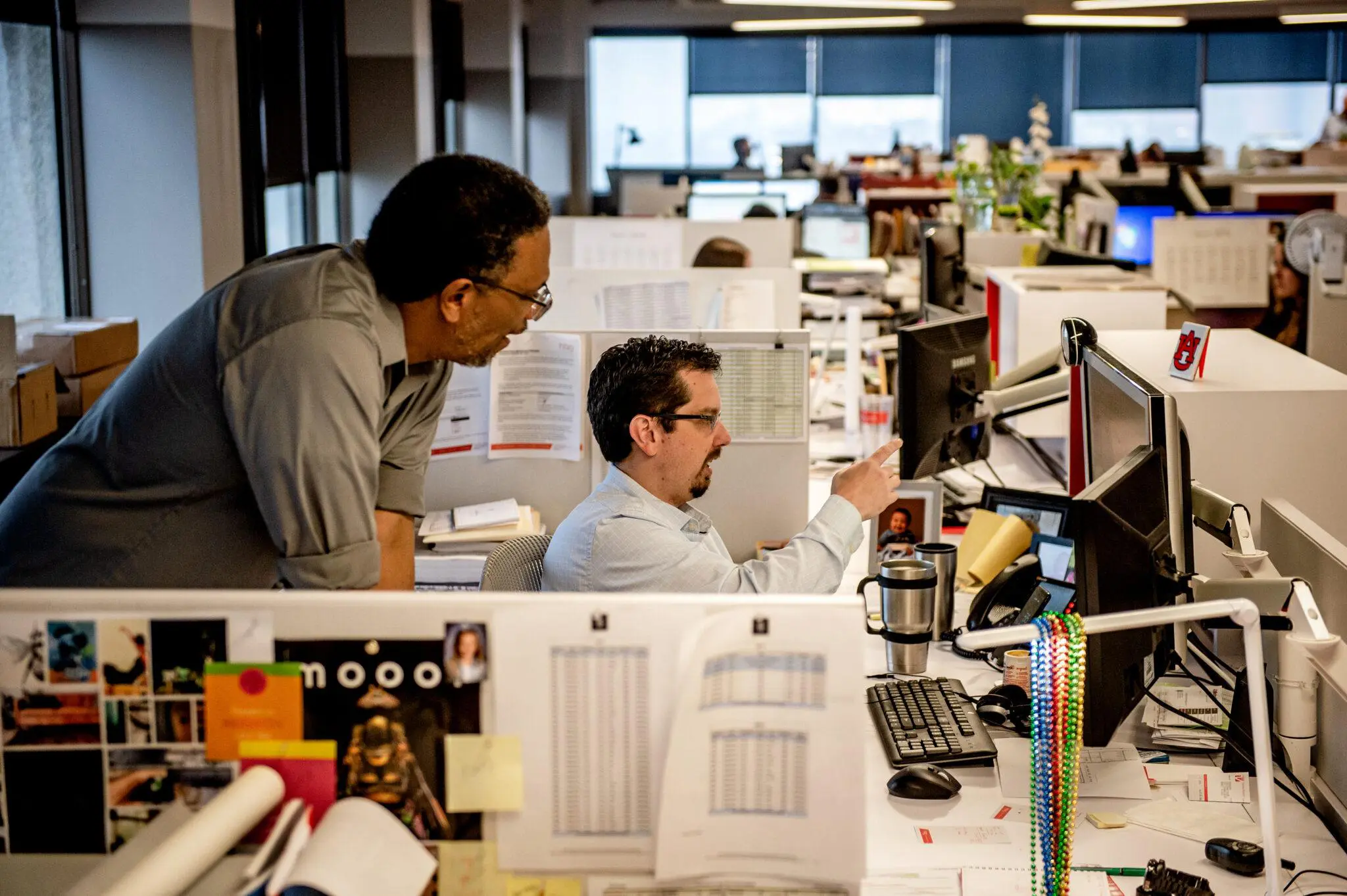HBG Design’s 2025 Summer Internship Experience
At HBG Design, we believe in giving the next generation of designers hands-on opportunities that mirror the real-world challenges our teams face every day. Each semester, our internship experience allows students to dive into a hospitality project simulation that takes them through every step of the design process—from early concept to design development—culminating in a final presentation to our staff. 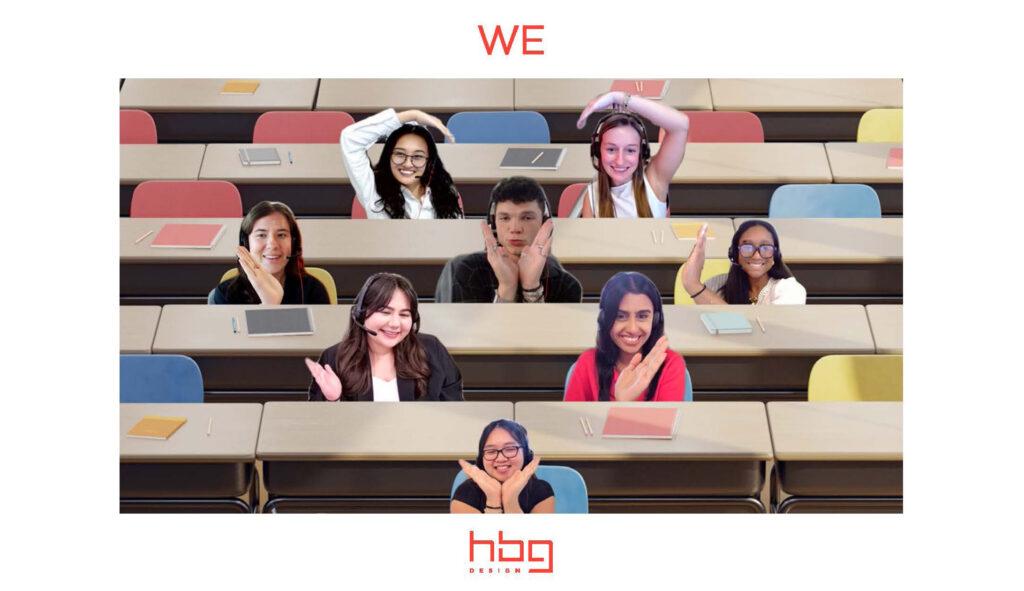
This summer, eight talented interns joined us across our Memphis, San Diego, and Dallas offices, representing architecture and interior design programs from universities nationwide. Together, they collaborated on a dynamic venue concept inspired by one of HBG Design’s real-world client projects: a rooftop dining destination.
The Project: From Concept to Reality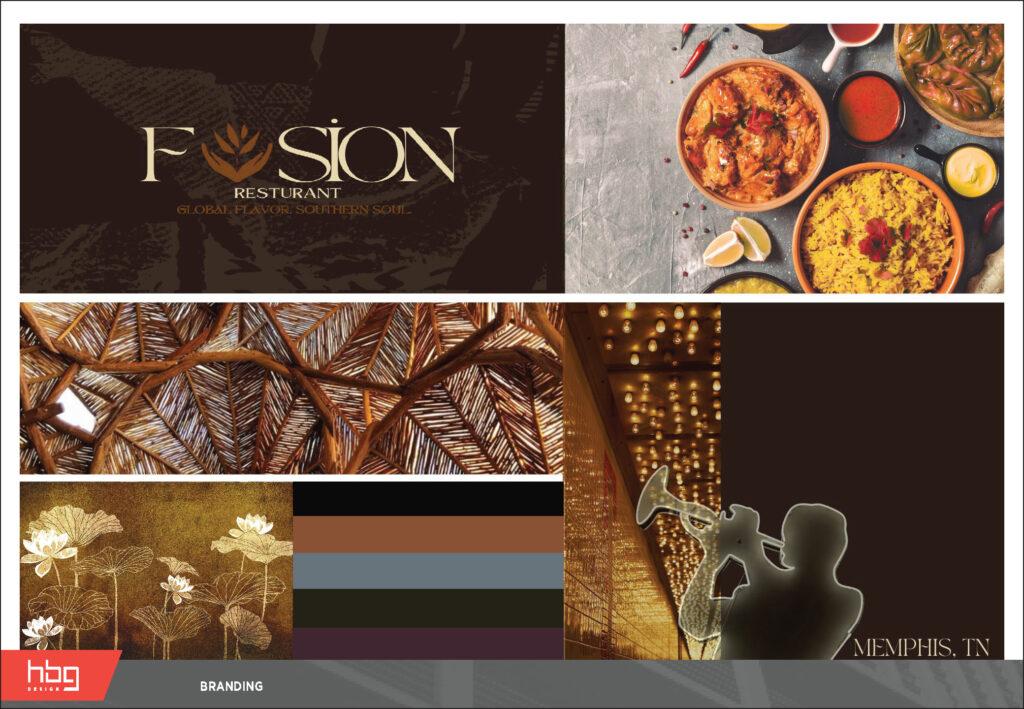
As part of their design exploration, the interns conducted population studies to understand the surrounding market. Their research revealed a strong demand for diverse dining options, particularly among a growing Asian population in the area. Leaning into this insight, the group developed an Asian-inspired restaurant concept with a Southern flair, drawing inspiration from the elegant Lotus Flower. 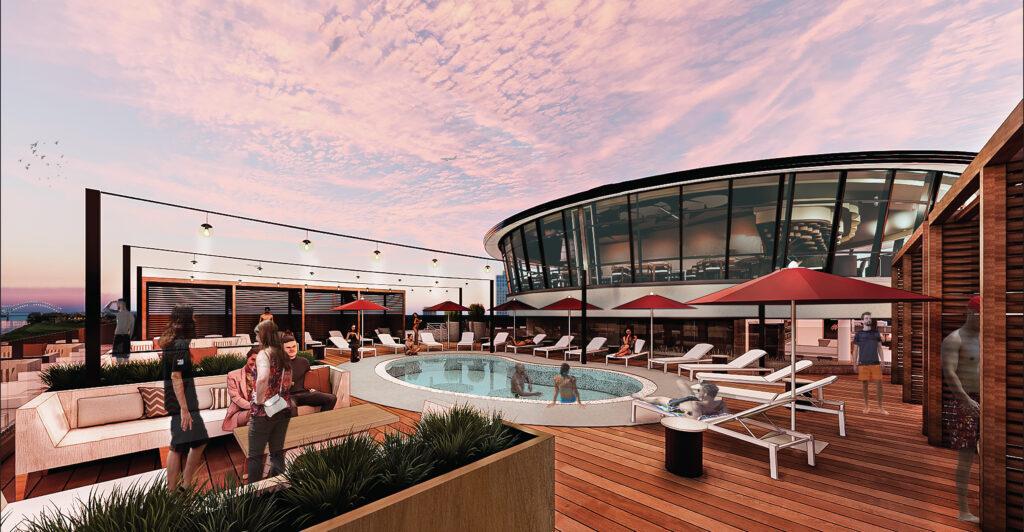
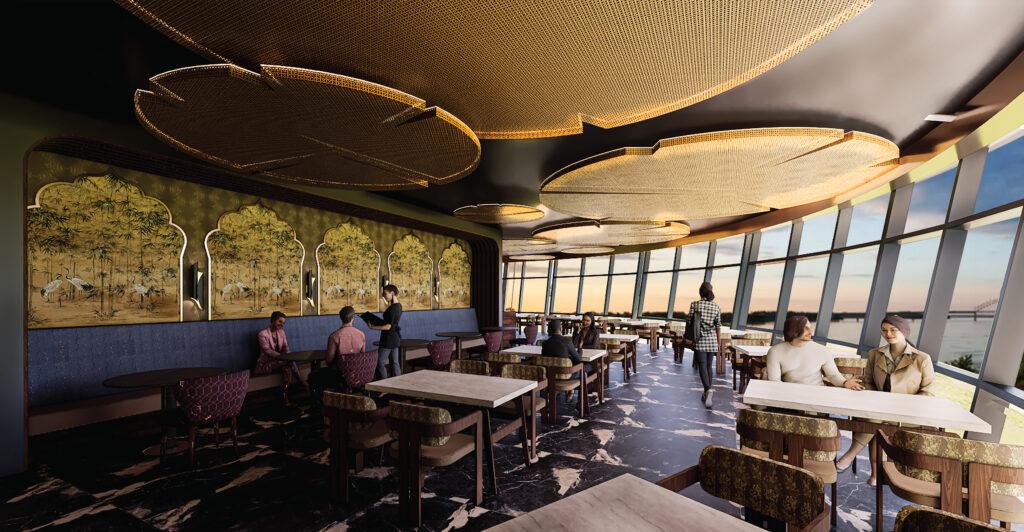
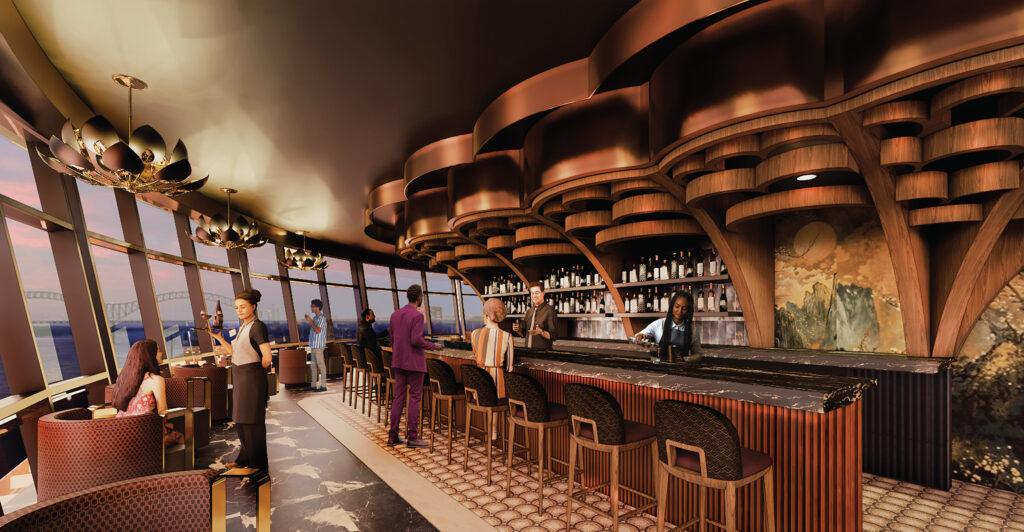
Working as a fully integrated team, the interns advanced the project from conceptual design to the design development (DD) phase, experiencing firsthand the cross-disciplinary and cross-office collaboration that defines HBG Design. Guided by our senior architects and interior designers, they gained invaluable mentorship on how to build cohesive project packages, coordinate across disciplines, and bring a unified design vision to life.
A Standout Cohort
This summer’s intern class was one of the strongest we’ve welcomed to date, bringing energy, creativity, and fresh perspectives into our studios.
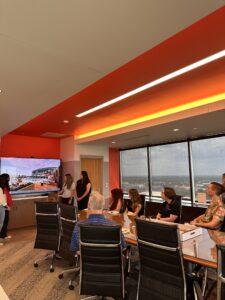
- Kyle – Design Intern, The NewSchool of Architecture and Design, San Diego
- Elyce – Interior Design Intern, Louisiana State University
- Ashley – Interior Design Intern, Mississippi State University
- Thien – Design Intern, The University of Tennessee
- Annette – Interior Design Intern, San Diego State University
- Bella – Interior Design Intern, The Design Institute of San Diego
- Ruut – Design Intern, The University of Memphis
- Lily – Design Intern, University of Arkansas
Building the Future Together
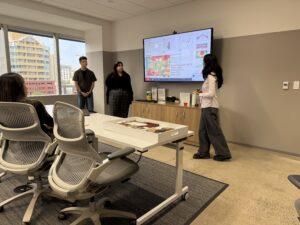
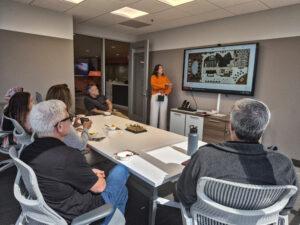
Our internship program reflects HBG Design’s commitment to fostering collaboration, mentorship, and design excellence. By working side-by-side with our professional teams, these interns experienced the pace, rigor, and creativity of a top hospitality and entertainment design firm.
We’re incredibly proud of their final presentation and can’t wait to see the impact they’ll make in the industry as they continue their careers.
Thank you, interns, for an amazing summer—you’ve set the bar high for the future!
To apply for an internship at HBG Design, visit our Careers Page.
Strengthening Your Hotel Brand Through Design
Every Detail, Every Touchpoint: Strengthening Your Hotel Brand Through Design
By HBG Design
In hospitality development, hotel brand alignment is more than meeting design standards—it’s about creating spaces that capture the essence of a brand while elevating its market presence. For over 45 years, HBG Design has been the trusted partner of leading hotel brands, delivering environments that not only meet operational goals but strengthen market position.
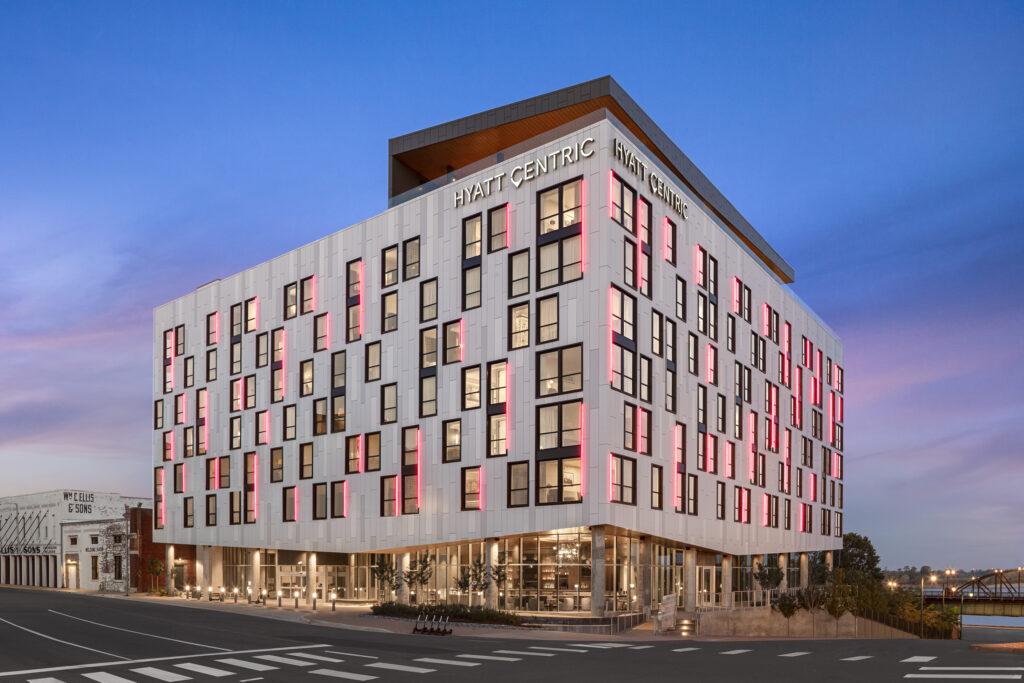
Our work spans almost every segment of the hospitality market. We’ve:
- Developed vertical prototypes for Holiday Inn that have shaped the hotel brand’s global identity for decades.
- Helped launch Hilton’s extended-stay Homewood Suites hotel brand, creating its initial design DNA.
- Designed Gaylord Palms and Gaylord Texan Resorts (now part of Marriott), redefining conference resort and destination resort experiences for group and leisure travelers.
- Crafted boutique properties for Canopy by Hilton and Tapestry Collection by Hilton, bringing locally inspired storytelling to life within each hotel brand.
- Delivered brand-aligned refresh designs for IHG flags through comprehensive Property Improvement Plans.
- Enhanced guest experience at luxury resorts nationwide, including high-profile tribal resort developments that have become regional tourism anchors.
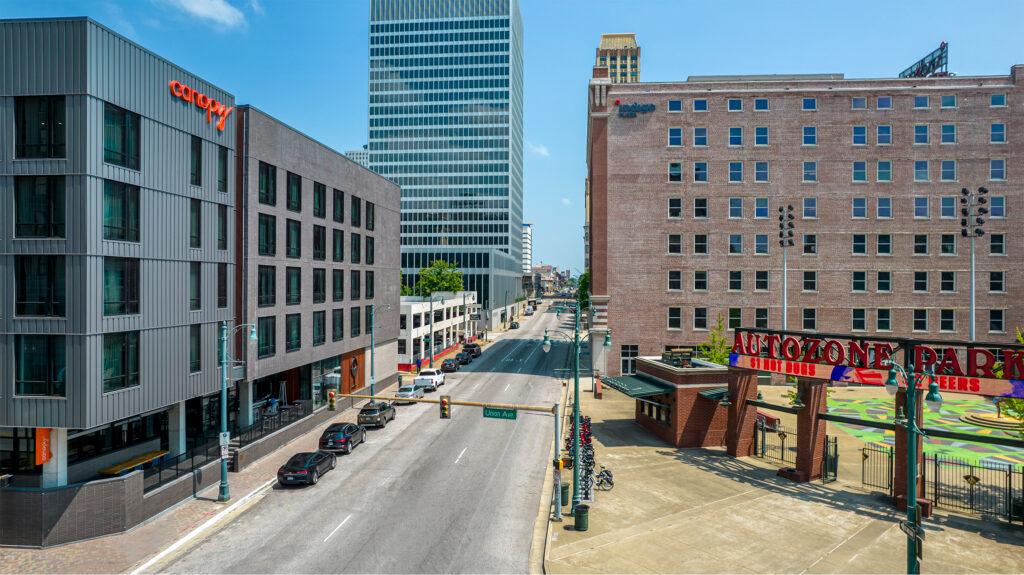
Our longevity in the industry isn’t just about years—it’s about consistent delivery, deep market understanding, and the ability to adapt. We’ve navigated multiple hospitality cycles, evolving guest expectations, and shifting operational models—always staying ahead of trends and technology to keep our clients’ properties relevant and profitable.
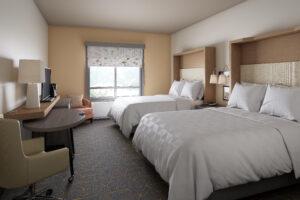 With offices in Memphis, Dallas, and San Diego, we serve clients nationwide, offering local market insight backed by national expertise. Our collaborative process ensures every project is uniquely tailored to the brand’s DNA and the developer’s business goals, whether designing new builds, refreshing existing assets, or developing scalable prototypes.
With offices in Memphis, Dallas, and San Diego, we serve clients nationwide, offering local market insight backed by national expertise. Our collaborative process ensures every project is uniquely tailored to the brand’s DNA and the developer’s business goals, whether designing new builds, refreshing existing assets, or developing scalable prototypes.
In an industry where brand perception is everything, HBG Design has earned the trust of the most recognized names in hospitality—because we understand that great design doesn’t just reflect a brand; it reinforces it at every guest touchpoint.
Choosing a Hospitality Design Partner: 7 Questions to Ask
7 Questions Every Developer Should Ask When Choosing the Right Hospitality Design Partner
By HBG Design
In today’s competitive hospitality market, a hotel or resort’s design is more than a visual statement; it’s a strategic business decision that impacts guest satisfaction, operational performance, and return on investment for years to come.
At HBG Design, with offices in Memphis, Dallas, and San Diego, we’ve partnered with developers nationwide for over 45 years, delivering hotels and resorts that not only look exceptional but also perform at the highest level. Here are seven critical questions every hospitality developer should ask when choosing an architecture and interior design firm—and how HBG answers the call.
-
Do they understand my property type and brand standards?

From vertical prototypes for Holiday Inn to flagship resorts for Hilton, Hyatt, and Marriott, HBG has deep experience across every hospitality segment. Our designers know how to navigate brand approval processes and ensure your property meets—and exceeds—brand expectations.
-
Can they create a design that both ‘wows’ guests and aligns with operational needs?

We blend creativity with operational insight, designing spaces that are as efficient as they are beautiful. Guestrooms, F&B venues, event spaces, spas, and back-of-house areas are all planned with functionality, durability, and long-term maintenance in mind.
-
Will they design for strong ROI?

Every design choice we make considers your bottom line—from optimizing revenue-generating spaces to enhancing guest flow. Our projects are strategically designed to attract repeat business and improve operational efficiency, resulting in better performance metrics for owners.
-
Do they have a proven, collaborative process?
Our workshop-driven design method engages owners, operators, and brand stakeholders early, accelerating decisions and reducing costly changes later. It’s been so effective that one of the world’s largest and most recognized hospitality brands formally adopted our workshop process into their own internal development standards—bringing HBG’s approach to hundreds of projects across their portfolio.
-
Can they deliver on time and within budget?
HBG’s integrated architecture and interior design teams streamline coordination, minimize delays, and maintain budget discipline without compromising quality—key to hitting your opening date and financial targets.
-
Are they forward-thinking and trend-aware?
We stay ahead of evolving guest expectations by incorporating wellness, sustainability, technology integration, and regional influences into each project. Our goal: to keep your property competitive for the next decade and beyond.
-
Will they be a long-term partner, not just a vendor?
With decades-long relationships in the industry, HBG is more than a service provider—we’re a strategic ally committed to your success from concept to opening, and beyond.
The Bottom Line:
Choosing the right hospitality design partner is more than selecting a talented architect or interior designer; it’s about finding a team that understands your market, your brand, and your business objectives. At HBG Design, we’ve built our reputation on delivering hospitality environments that are guest-focused, brand-aligned, operationally sound, and financially successful.
If you’re ready to transform your next project from vision to value, HBG Design is ready to help you lead the market.
HBGathers Ends Summer in San Diego
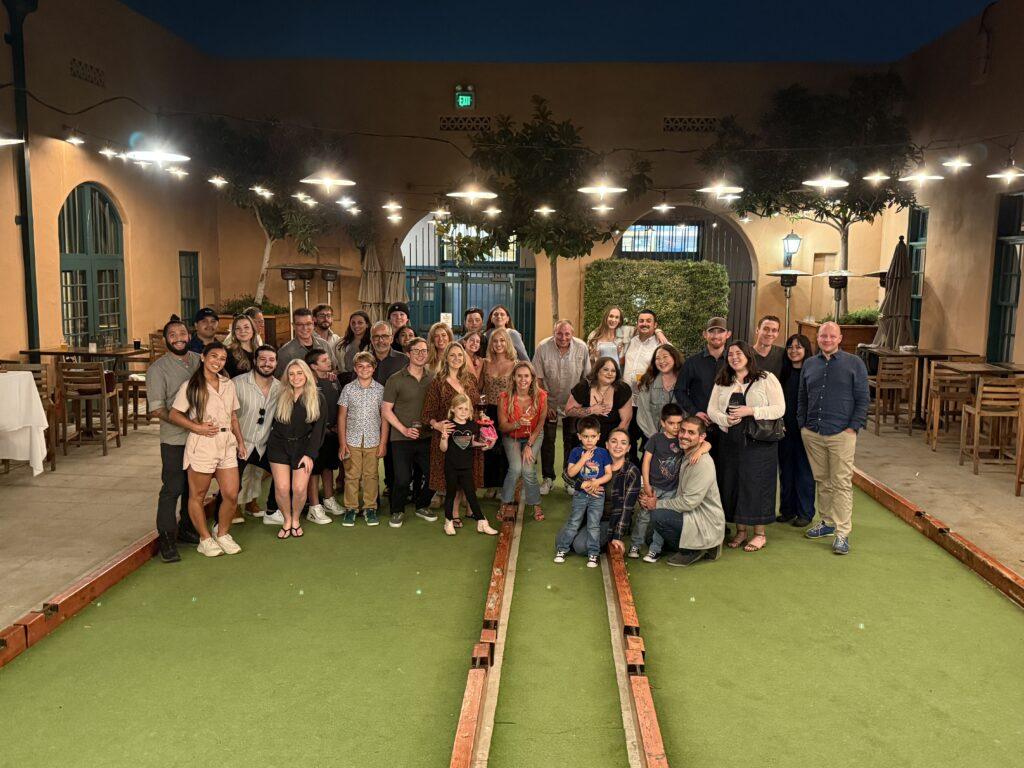 At HBG Design, we believe great design begins with great relationships—and that includes the connections we nurture within our own team. This summer, we brought our firm-wide culture of creativity and camaraderie to life with our HBGathers summer event series, celebrating our teams across offices in Memphis, Dallas, and—most recently—San Diego.
At HBG Design, we believe great design begins with great relationships—and that includes the connections we nurture within our own team. This summer, we brought our firm-wide culture of creativity and camaraderie to life with our HBGathers summer event series, celebrating our teams across offices in Memphis, Dallas, and—most recently—San Diego.
Our final event of the season took place at the stunning Stone Brewing World Bistro & Gardens – Liberty Station, a local favorite in San Diego known for its expansive outdoor spaces, lush gardens, and bold craft brews. With its laid-back, inviting atmosphere, the venue perfectly captured the essence of our Southern California studio and the vibrant energy they bring to HBG’s collaborative culture.
A Taste of Southern California
The San Diego team embraced local flavors with a traditional taco bar featuring pollo asada, carnitas, and carne asada, topped off with fresh churros and chocolate sauce for dessert. And in true craft beer fashion, the Hazy IPA was the standout sip of the night.
Playful Energy, Meaningful Connections
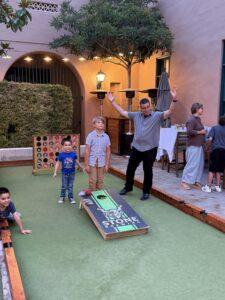 The event was more than just great food and brews—it was an opportunity to step away from the workday and engage with teammates and their families. With bocce ball, cornhole, giant Jenga, and Connect 4, the casual outdoor setting sparked plenty of friendly competition, laughter, and storytelling. One of the most memorable parts of the evening? Seeing colleagues' kids jump in to play alongside the adults—a joyful reminder of the family-friendly spirit that drives our workplace culture.
The event was more than just great food and brews—it was an opportunity to step away from the workday and engage with teammates and their families. With bocce ball, cornhole, giant Jenga, and Connect 4, the casual outdoor setting sparked plenty of friendly competition, laughter, and storytelling. One of the most memorable parts of the evening? Seeing colleagues' kids jump in to play alongside the adults—a joyful reminder of the family-friendly spirit that drives our workplace culture.
Culture Beyond the Studio
The San Diego HBGathers event capped off a series of unforgettable summer gatherings, following events in Memphis at the iconic Levitt Shell and in Dallas at Chicken N Pickle. While each celebration reflected the personality of its location, all shared one common thread: connection. At HBG, we make space to celebrate our people—not just as designers, architects, and visionaries—but as teammates, friends, and family.
Why It Matters
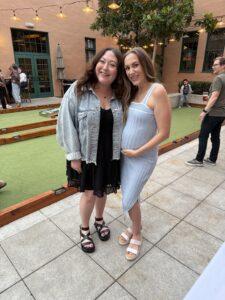 For our clients and future team members, HBGathers is more than just a summer party series—it’s a reflection of how we work. We foster collaboration and creativity not only within our studios, but across offices and disciplines. These events serve as a powerful reminder of what drives our design process: trust, communication, and a culture that values both professional excellence and personal connection.
For our clients and future team members, HBGathers is more than just a summer party series—it’s a reflection of how we work. We foster collaboration and creativity not only within our studios, but across offices and disciplines. These events serve as a powerful reminder of what drives our design process: trust, communication, and a culture that values both professional excellence and personal connection.
As we continue to grow and take on new, exciting projects across the country, we remain grounded in what makes us strong: a connected team fueled by shared experiences and authentic relationships.
We’re already looking forward to the next season of HBGathers. Until then—cheers from San Diego!
Interested in joining a firm that values design, creativity, and connection?
Explore careers at HBG Design → https://hbg.design/careers/available-positions/
VisuArch Spotlight: From Vision to Reality
VisuArch “Realize” Winner Spotlight: Nathan Blair & Kalyn Johnson Bring a Vision to Life at Gun Lake Casino Resort
At HBG Design, we know that unforgettable design experiences are only made possible through seamless collaboration—and that collaboration begins the moment ideas take shape. That’s the philosophy behind our Design+ team’s annual VisuArch Awards, a firmwide celebration of innovation, creativity, and design storytelling.
Created by the Design+ team, the VisuArch Awards invite all HBG employees—across disciplines and studios—to submit design moments they’re proud of. Whether the work highlights concept development, design visualization, or technical execution, VisuArch is about sharing the “how” behind the “wow” and elevating the creative energy that drives our projects forward.
What is the “Realize” Award?
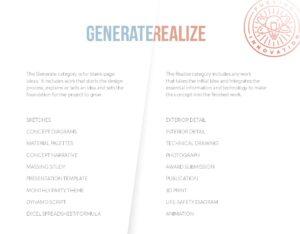 The “Realize” category of VisuArch celebrates how a compelling design idea is translated into a fully executed element—beautiful, buildable, and true to its original intent. From initial sketches to field coordination, this award recognizes the behind-the-scenes work that ensures the integrity of a design vision through to final installation.
The “Realize” category of VisuArch celebrates how a compelling design idea is translated into a fully executed element—beautiful, buildable, and true to its original intent. From initial sketches to field coordination, this award recognizes the behind-the-scenes work that ensures the integrity of a design vision through to final installation.
This year’s “Realize” winners, Nathan Blair, Associate and Project Architect from our San Diego studio, and Kalyn Johnson, Associate and Lead Interior Designer from our Memphis studio, were honored for their intricate detailing and seamless coordination on one of the most striking features of the new Gun Lake Casino Resort expansion in Wayland, Michigan: the floating monumental stair inside the luxurious two-story Ogema Suite.
From Vision to Detail: The Floating Staircase
The Ogema Suite at the new Gun Lake Resort is a high-end, two-level hospitality destination, and its floating sculptural staircase serves as both a dramatic focal point and a symbol of luxury design. Nathan and Kalyn’s integrated solution delivered not only visual impact, but also technical precision.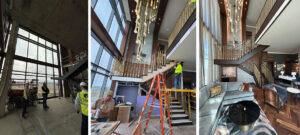
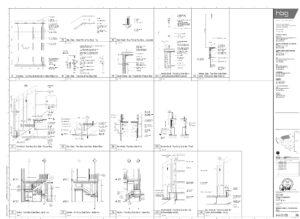
Their detailing brought to life a concept that includes:
- A concealed steel riser and landing system for a clean, floating appearance
- Custom-designed railing and refined hardwood finishes
- Thoughtful integration into the suite’s layout, maintaining a modern, open feel
What appears effortless was the result of intense coordination, precision modeling, and a shared design vision across disciplines.
Why It Matters: The Power of Integrated Collaboration
At HBG Design, we believe our strongest work happens when architecture and interior design collaborate from the very beginning. Our integrated studio model enables this kind of cross-office synergy—and Nathan and Kalyn’s work is a shining example.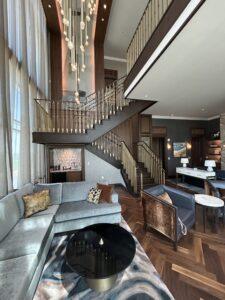
Despite working from two different studios—Nathan in San Diego and Kalyn in Memphis—the duo exemplified the HBG culture of open communication, creative trust, and shared ownership. They tackled challenges such as:
- Aligning aesthetic goals with structural and fabrication constraints
- Crafting clear, coordinated documentation to guide a complex custom build
- Preserving the integrity of the design narrative from concept through construction
Their achievement is more than just a beautifully executed staircase. It’s an experience that hotel guests will touch, walk on, and remember—exactly the kind of detail that turns a suite into a signature destination.
Celebrating Our Designers Firmwide
The VisuArch Awards are part of HBG Design’s broader commitment to celebrating the ingenuity and craftsmanship that define our culture. From concept to creation, the awards are an opportunity for team members to share ideas, inspire one another, and highlight the diverse creative talents across our firm.
Congratulations to Nathan Blair and Kalyn Johnson on winning the 2025 VisuArch “Realize” Award—and for bringing to life a bold design statement that reflects the very best of what HBG stands for: innovation, technical excellence, and integrated creativity.
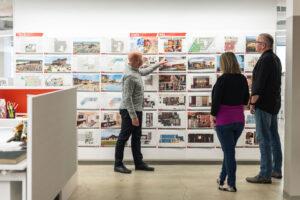
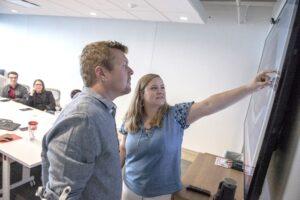
Interested in joining a firm that values creative collaboration from day one?
Explore careers at HBG Design → https://hbg.design/careers/available-positions/
VisuArch Spotlight: Custom Revit Families Set a New Standard
Celebrating Innovation and Craft: Chris DeVine Wins the 2025 VisuArch “Generate” Award
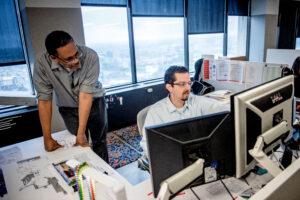 At HBG Design, creativity isn’t just what we do—it’s who we are. That’s why each year, our Design+ team hosts the VisuArch Awards, a firmwide competition created to celebrate the innovation, artistry, and technical excellence of our designers across all disciplines and studios. The VisuArch Awards spotlight the work that elevates our design process and inspires better outcomes for our clients. This year’s “Generate” category winner, Chris Devine, Senior Associate / Documentation & Specification Leader, exemplifies that spirit through his outstanding entry focused on bringing design intent to life through custom Revit families.
At HBG Design, creativity isn’t just what we do—it’s who we are. That’s why each year, our Design+ team hosts the VisuArch Awards, a firmwide competition created to celebrate the innovation, artistry, and technical excellence of our designers across all disciplines and studios. The VisuArch Awards spotlight the work that elevates our design process and inspires better outcomes for our clients. This year’s “Generate” category winner, Chris Devine, Senior Associate / Documentation & Specification Leader, exemplifies that spirit through his outstanding entry focused on bringing design intent to life through custom Revit families.
About VisuArch's “Generate” Category
 The “Generate” category honors the inventive minds who focus on transforming ideas into executable, buildable reality. From translating sketches into models or refining vision into detailed documentation, this category celebrates the behind-the-scenes expertise that ensures our ideas aren’t just bold—they’re buildable.
The “Generate” category honors the inventive minds who focus on transforming ideas into executable, buildable reality. From translating sketches into models or refining vision into detailed documentation, this category celebrates the behind-the-scenes expertise that ensures our ideas aren’t just bold—they’re buildable.
Chris Devine’s Winning Entry: Revit Families That Make Design Intent Crystal Clear
As HBG’s Senior Associate / Documentation & Specification Leader, Chris is deeply immersed in the tools and processes that shape how our designs are delivered. His entry tackled a fundamental challenge in the design delivery process: how to visually communicate design intent with greater clarity, precision, and realism—without sacrificing efficiency.
His solution? Developing custom Revit families that balance visual fidelity with technical practicality, allowing teams to showcase high-quality, detailed design elements from day one.
“To sell the design, you must show the design.” – Chris DeVine
Gone are the days of vague placeholders. With Chris’ tools, lighting fixtures, outlets, tile patterns, and vanities are represented exactly as envisioned—enhancing both internal collaboration and client confidence.
 What Makes This Work Stand Out
What Makes This Work Stand Out
Chris’ contributions to our Revit library reflect a deep understanding of both design intent and production realities. His Revit families are:
- Visually accurate, but optimized to avoid heavy file sizes
- Flexible for multi-use across various project types
- Efficiently created, mindful of tight deadlines and billing time
- Thoughtfully modeled, especially when manufacturer data is incomplete
- Strategically detailed, to reflect true lighting, finishes, and fixtures
Why It Matters
Realism isn’t just a design goal—it’s a communication tool. Chris’ work helps our teams:
- Tell clearer visual stories
- Build trust with clients
- Enhance deliverable quality
- Streamline project workflows
His commitment to refining our tools and improving clarity across the board embodies the purpose of the VisuArch “Generate” Award: turning great design intent into tangible, buildable, and beautiful reality.
Join a Culture That Celebrates Innovation
Chris Devine’s recognition reflects the collaborative and forward-thinking culture at HBG Design—where fresh ideas and technical creativity are not only encouraged, but celebrated. Whether you're focused on big-picture vision or the nuts and bolts of project delivery, HBG Design offers a place to thrive and make an impact.
Congratulations again to Chris DeVine, Senior Associate / Documentation & Specification Leader, for setting a new standard in documentation excellence and innovation.
Interested in joining a firm that values design, detail, and innovation?
Explore careers at HBG Design → https://hbg.design/careers/available-positions/
Tribal Casino Expansion Insights from OIGA 2025
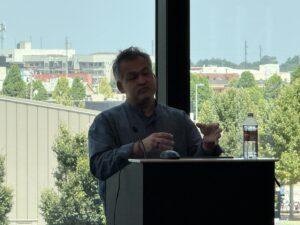 By Ray Mabry, AIA | Principal & Dallas Office Leader, HBG Design | Member, Citizen Potawatomi Nation
By Ray Mabry, AIA | Principal & Dallas Office Leader, HBG Design | Member, Citizen Potawatomi Nation
Couldn’t make it to my session at OIGA 2025? No worries—I’m recapping the key takeaways on tribal casino expansion and smart resort growth strategies right here.
When we talk about tribal casino expansion and resort development, we’re not just talking about new construction—we’re talking about legacy. For tribal nations, each expansion project carries long-term implications, shaping communities and economies for generations. That’s why smart expansion planning must be guided by data, rooted in cultural values, and driven by a clearly defined economic vision.
At HBG Design, we’ve helped tribal clients across the country navigate every stage of the expansion process, from master planning to construction to grand opening. What we’ve learned: successful growth doesn’t happen by accident. Casino expansion takes strategy. It takes discipline. And it requires an aligned, experienced team working from a unified vision.
When it’s time to grow, these are the expansion insights worth keeping close:
✔ Long-term, generational vision
✔ A master plan rooted in feasibility and customer data
✔ Aligned teams from day one
✔ Smart phasing that leverages revenue
✔ Operational continuity during construction
✔ Seamless guest experience
✔ Cohesive brand expression
From “Slot Halls” to Super-Regional Destinations
Across the country, we’re seeing a clear evolution: tribes are transforming compact, gaming-focused venues into full-fledged destination resorts that compete on the national stage. Guests don’t need to fly to Vegas anymore. They’re looking for upscale, high-touch experiences closer to home. That’s a huge opportunity, especially in markets like Dallas/Fort Worth.
WinStar World Casino Resort in Thackerville, Oklahoma, about 90 minutes from the DFW market, is a prime example. What began as tent gaming and a supporting hotel has grown into a 12,000+ machine, multi-hotel, entertainment-packed mega-resort. Every move—whether it was efficiently positioning non-gaming amenities off-trust to maximize the trust footprint or phasing infrastructure upgrades—was driven by long-term planning. And that kind of future-focused thinking continues to pay off.

Learn from the Past. Plan for the Future.
Not every property starts fresh. Many tribal projects come with inherited issues—aging infrastructure, dated additions, and lack of long-term phasing. That’s where we roll up our sleeves. HBG teams help our clients untangle those complexities—from reworking site sequencing, opening sight lines to revenue-generating spaces, and modernizing infrastructure so it supports what’s next.
Expansion is our chance to fix what’s not working and create something that lasts.
A Master Plan Built for the Long Haul
Our approach to master planning is grounded in data and adaptability. We always start with feasibility studies, market demand, and customer trends. It’s how we know what’s viable now, and what will pay off five phases from now.
One of the best examples of strategic planning and phasing is Gun Lake Casino Resort in Michigan. That project didn’t happen all at once. It was phased carefully over time. But the vision was always clear: become a premier resort destination.
That’s how Wawyé Oasis came to life. What started as an Owner concept grew into a fully enclosed, all-season pool and event venue. The HBG team took our experience designing large-scale, climate-controlled atriums like those at Gaylord Texan and Palms Resorts and created something iconic, efficient, and uniquely suited to Gun Lake’s brand.
And because we respected the existing material palette while enhancing it, the old and new spaces now feel completely cohesive. That’s good design, and it keeps working long after the grand opening.
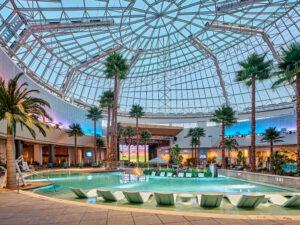
Guests Feel the Disconnect—So Fix It Before They Do
You can have the flashiest new expansion in the world, but if it doesn’t connect with the rest of the property, guests will notice, and not in a good way. Disjointed spaces dilute the brand and disrupt the flow of the experience.
That’s why we never treat expansions like standalone projects. We zoom out and look at the full property story. For many tribal resorts, that means addressing inherited quirks, for example, outdated infrastructure, awkward additions, or site plans that don’t quite add up. We help bring clarity by reworking circulation, upgrading aging systems, and opening up sight lines to showcase the amenities that drive revenue.
We’ll also typically recommend setting aside 5–10% of the FF&E budget to refresh adjacent spaces during expansion. Just a few updates to lighting, finishes, and furnishings can bring everything into harmony. At Gun Lake, this strategy helped us unify the new hotel and entertainment venues with the existing gaming floor, making the whole property feel seamless and elevated.
Align Early. Avoid Surprises. Build Smarter.
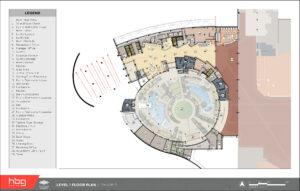
But one of the biggest cost drivers I see? Misalignment between stakeholders. If your design, construction, and operations teams aren’t aligned from the beginning, you’re most likely going to hit delays, budget issues, and rework.
Early integration into the process is always a good idea. We build collaborative workflows. We align schedules. And we make sure that all voices and perspectives are at the table from day one. That’s how we keep vision, program, and design intent as the roadmap, timelines on track, and help protect the project’s bottom line—setting the entire project up for smarter, more efficient delivery.
Phase with Purpose. Protect the Guest Experience.
This rule is simple: never let construction get in the way of your guests. If you lose satisfaction and revenue during the build, you’re working against the very success you’re trying to create. Smart phasing keeps the heart of your property beating while setting the stage for what’s next.
Phasing isn’t just a construction strategy, it’s a critical part of protecting your operation and your bottom line. That’s why we develop detailed, team-driven phasing plans to keep key spaces open, maintain guest flow, and ensure revenue keeps rolling in.
The Takeaway: Expansion Is Legacy
There’s no one-size-fits-all formula for expansion design. But when you begin with the right questions—and plan intentionally for where you want to be 10 to 20 years from now—expansion becomes something greater. It becomes transformation.
Because in the end, success isn’t just about what opens tomorrow. It’s about what still delivers value a decade down the line. And that’s the kind of legacy we’re here to create.
More Than Design: Celebrating Team Spirit at HBG Dallas
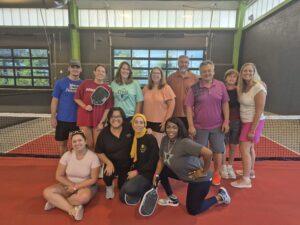 At HBG Design, we know that great design starts with strong relationships—and that includes the bonds we build with each other. This summer, our Dallas team gathered at Chicken N Pickle for a fun-filled afternoon of pickleball, laughter, and time spent with colleagues and families. The casual competition and shared moments off the clock reminded us how much we value working—and playing—together.
At HBG Design, we know that great design starts with strong relationships—and that includes the bonds we build with each other. This summer, our Dallas team gathered at Chicken N Pickle for a fun-filled afternoon of pickleball, laughter, and time spent with colleagues and families. The casual competition and shared moments off the clock reminded us how much we value working—and playing—together.
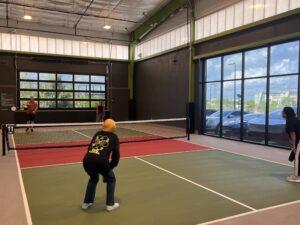 This event follows our Memphis office’s summer outing at the Levitt Shell, where the team enjoyed live music under the stars. Up next, our San Diego team will be toasting the season this Friday at a local favorite, Stone Brewing Company.
This event follows our Memphis office’s summer outing at the Levitt Shell, where the team enjoyed live music under the stars. Up next, our San Diego team will be toasting the season this Friday at a local favorite, Stone Brewing Company.
Across all three offices, these moments reflect the heart of HBG Design’s culture: genuine connection, strong team spirit, and celebrating the people behind the work.
Interested in a workplace that values creativity and camaraderie?
Explore our Careers Page to learn more about life at HBG.
HBG is Setting a New Design Documentation Standard
Our teams are enhancing design documentation accuracy through streamlined BIM workflows.
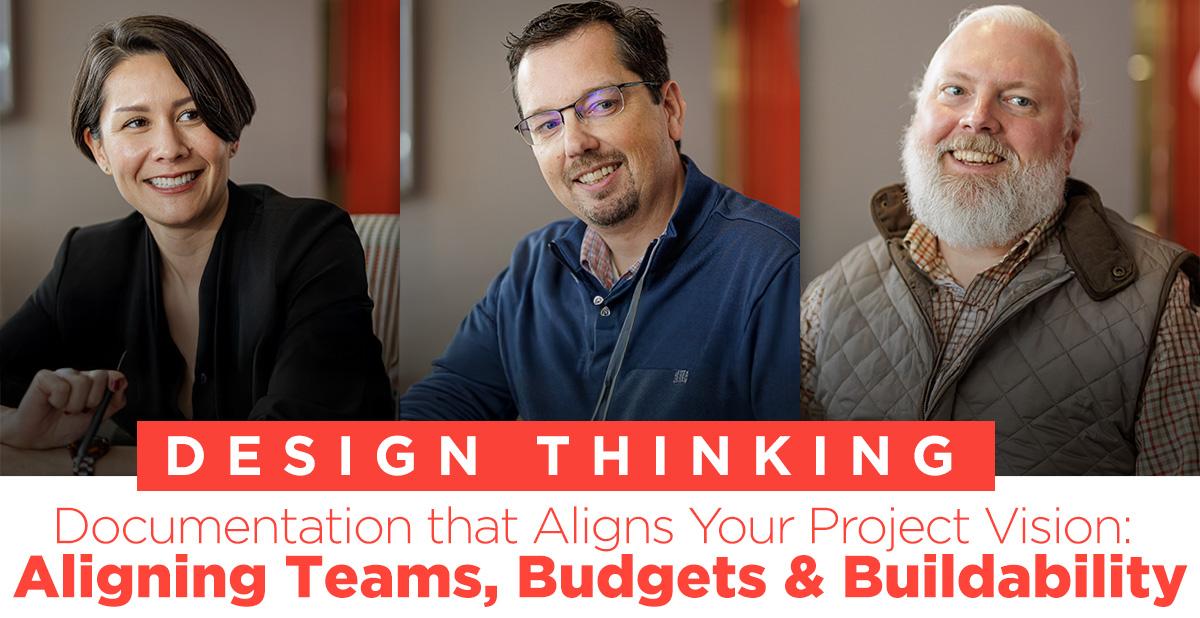 At HBG Design, we understand that exceptional architecture depends not only on great ideas. It also depends on how well those ideas are communicated through our documents. Design documentation is the critical bridge between concept and construction—and we’ve made that bridge stronger, smarter, and more reliable.
At HBG Design, we understand that exceptional architecture depends not only on great ideas. It also depends on how well those ideas are communicated through our documents. Design documentation is the critical bridge between concept and construction—and we’ve made that bridge stronger, smarter, and more reliable.
BIM Leadership Team
That’s why we’ve invested heavily in streamlining our BIM workflows, optimizing our Revit standards, and developing a more collaborative, integrated approach to design documentation. Processes are strategically led by a specialized BIM team - Documentation & Specification Leader/Senior Associate, Chris Devine, AIA; BIM Manager/Associate Chase Percer; and Practice Leader/Senior Associate, Leslie Thompson. These enhancements are helping us produce more accurate, coordinated, and efficient design documents—while reducing risk, change orders, and schedule impacts during construction.
Organized BIM Workflow Strategies
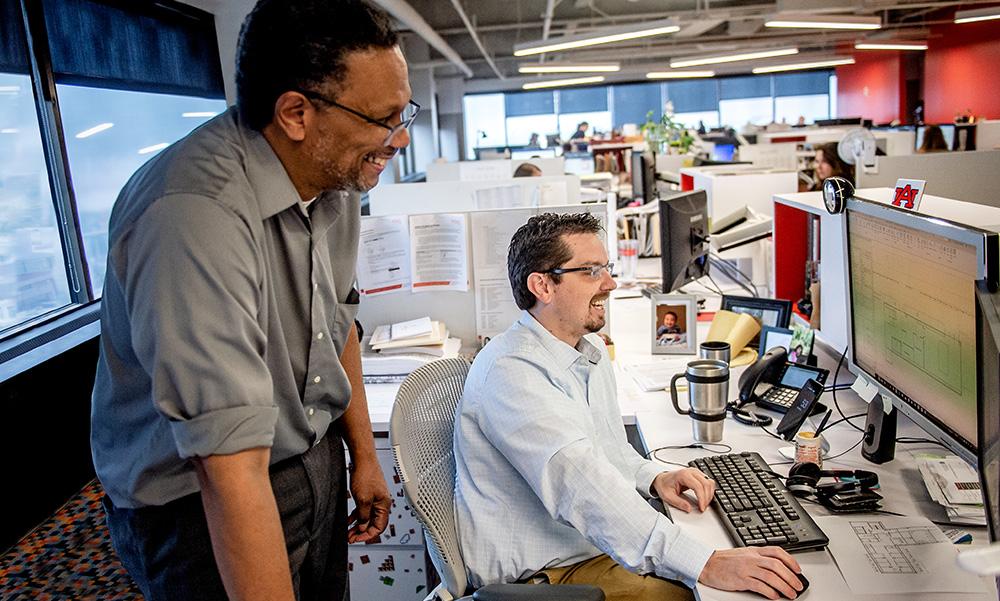 Our team uses a cloud-based approach built on Revit and Autodesk Construction Cloud (ACC) to enhance collaboration, secure data access, and bring consistency to every project.
Our team uses a cloud-based approach built on Revit and Autodesk Construction Cloud (ACC) to enhance collaboration, secure data access, and bring consistency to every project.
- Real-time Synchronization: Design and consultant teams work in a synchronized Revit environment, where program data and model information align throughout the entire process.
- Custom Revit Templates: We’ve embedded our QA standards and enhanced workflows directly into our Revit templates, giving every project a consistent starting point and a framework for success.
- Smart Content Management: Our library of parametric Revit 2D and 3D families and standard detail views helps eliminate redundant modeling.
- Automation & Model Health: Add-ons and internal tools help us automate repetitive tasks, maintain model integrity, and support staff training—all inside the project environment.
By standardizing and simplifying BIM processes, we’re helping project teams focus more energy on design thinking, problem-solving, and coordination—where their time is most valuable.
Consultant Integration from the Start
HBG Design's documentation process includes full coordination with our consultant teams from the outset. Standardized workflows and technology platforms support real-time collaboration and allow all partners to stay in sync as the project progresses.
A Culture of Quality, Not Just a Checkpoint
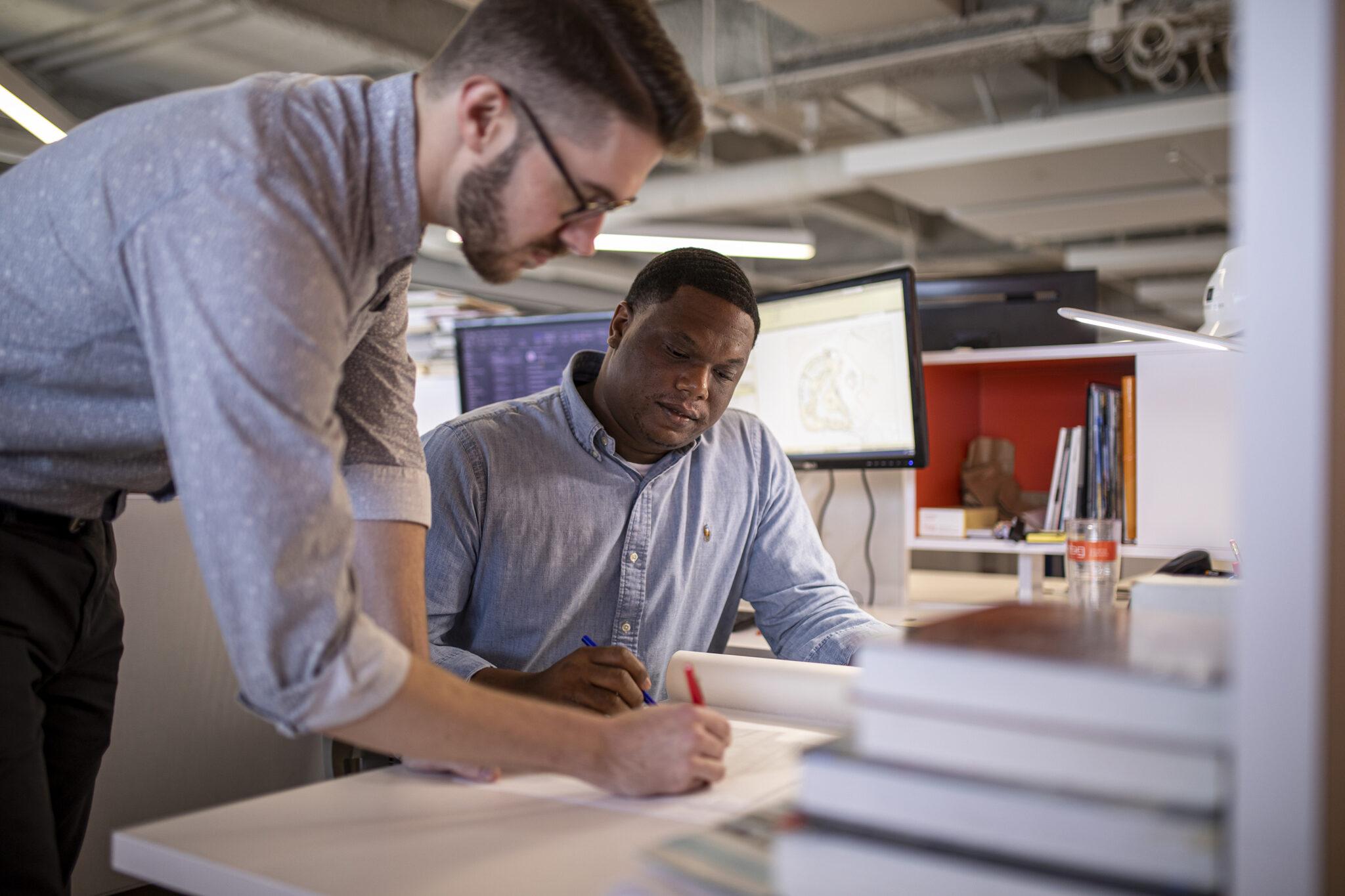 Our quality assurance (QA) and quality control (QC) systems are integral to our workflow. These aren't just isolated review phases—they’re embedded into how our teams think and work across every project phase.
Our quality assurance (QA) and quality control (QC) systems are integral to our workflow. These aren't just isolated review phases—they’re embedded into how our teams think and work across every project phase.
- QA starts early: With clear expectations for design documentation completeness, constructability, and coordination. Everyone on the team takes ownership of quality.
- QC adds a second perspective: Senior architects, interior designers, and reviewers outside the core team review drawings at key milestones for accuracy and alignment with HBG standards.
- Collaborative review in Bluebeam Studio: Allows teams to markup and resolve document comments in real time from anywhere.
For our clients, this means more accurate bids and schedules and a final product that faithfully reflects the design vision.
We’re constantly evolving our documentation systems to better support our clients, the contractor, our consultants. This contributes to the success of every project we touch.
At HBG Design, we believe that great documentation is great design. It's the difference between an idea that looks good on paper and a space that works beautifully in the real world.
Wellness Design in Hospitality
“Wellness isn’t a luxury anymore—it’s a baseline expectation,” says Landon Shockey, ASID, NCIDQ, Senior Interior Designer at HBG Design. “The most successful environments are both sensory-rich and versatile—crafted to evolve with guest needs while creating meaningful, wellness-infused experiences.”
In today’s hospitality industry, wellness design is no longer an amenity—it’s a strategic must. From spa suites to biophilic architecture, hotel and resort guests expect spaces that support how they want to feel, move, and recharge.
What Is Wellness Design in Hotels and Resorts?
Wellness design integrates mental, physical, and emotional wellbeing into the built environment. It’s not one-size-fits-all. Sometimes wellness means:
-
A calming in-room palette and soft glow lighting
-
Aromatherapy showers for personal retreat
-
Full-service spas and fitness spaces
-
Climate-controlled pool environments
-
Outdoor-inspired architecture that promotes natural connection
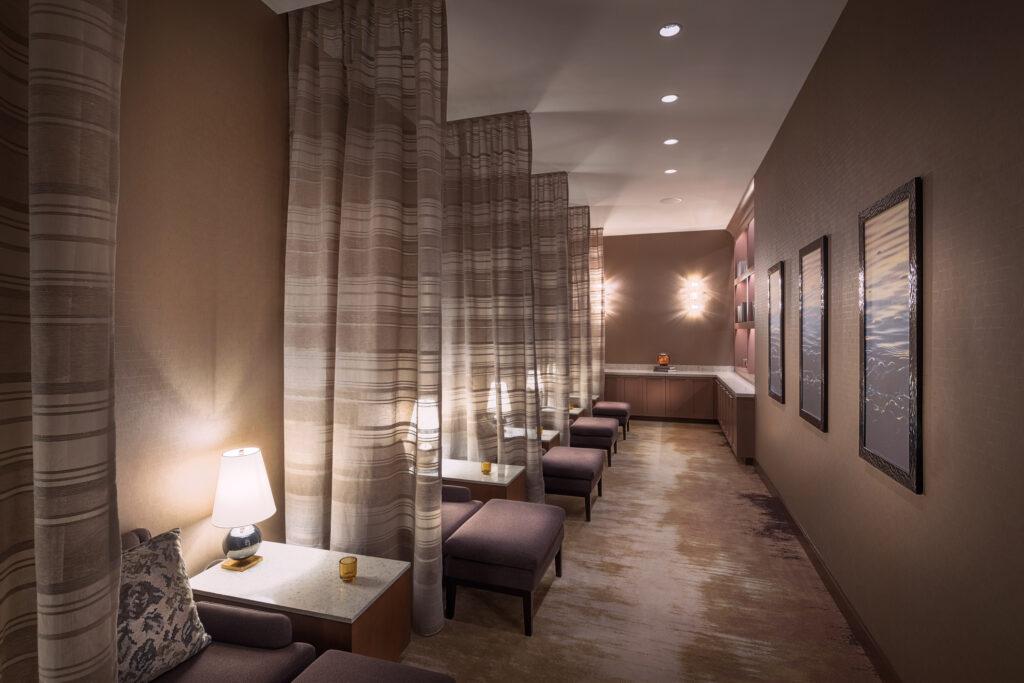
At HBG Design, we scale wellness design to match how different guests want to engage—whether that’s stillness, movement, or immersive experience.
WinStar Resort Spa – Thackerville, OK
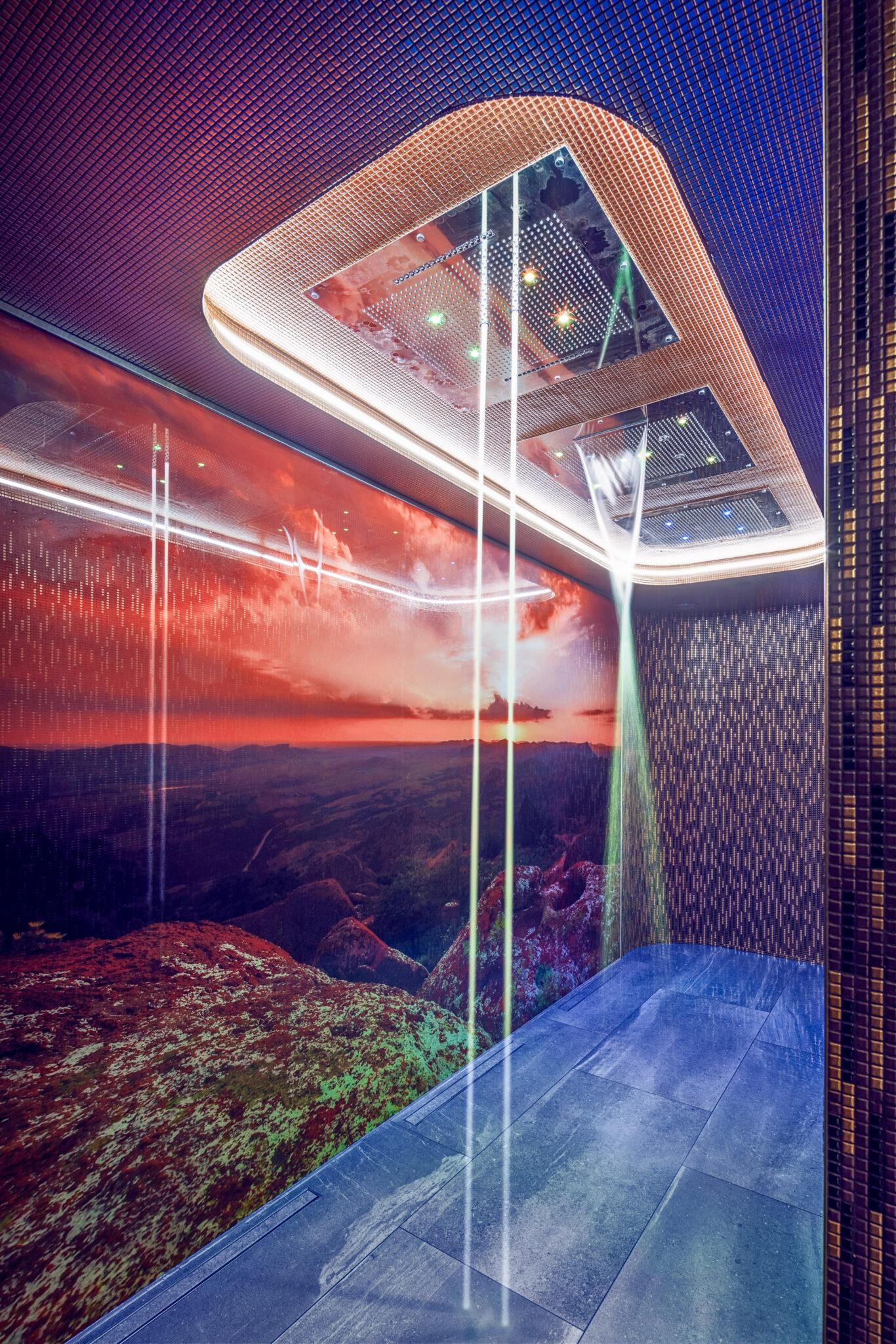
Guests from busy metro areas like Dallas/Ft. Worth and Oklahoma City arrive seeking peace. This spa retreat offers:
-
Touchless therapies
-
Aquathermal bathing
-
Ambient experience shower
Each sensory element is designed to encourage guests to slow down and reconnect.
Cascades at WinStar – Thackerville, OK
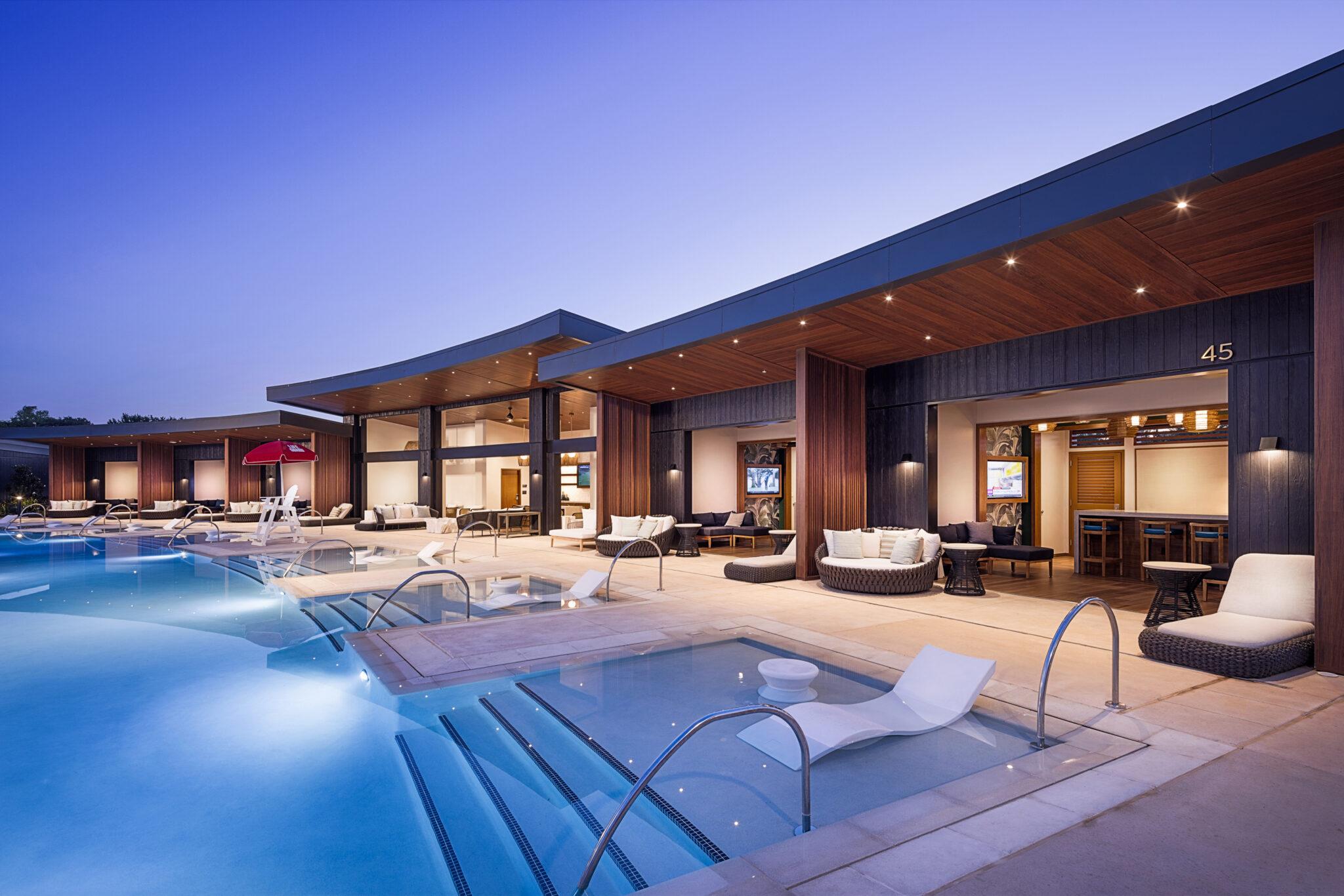
You don’t need an ocean to feel serenity. At Cascades, wellness design comes to life through:
-
Lounge pools shaped by ocean-inspired forms
-
Curved daybeds for socializing or solo relaxation
-
Fluid zones that feel like a water-based escape in the heart of the Midwest
Astral Spa at Oaklawn Resort – Hot Springs, AR
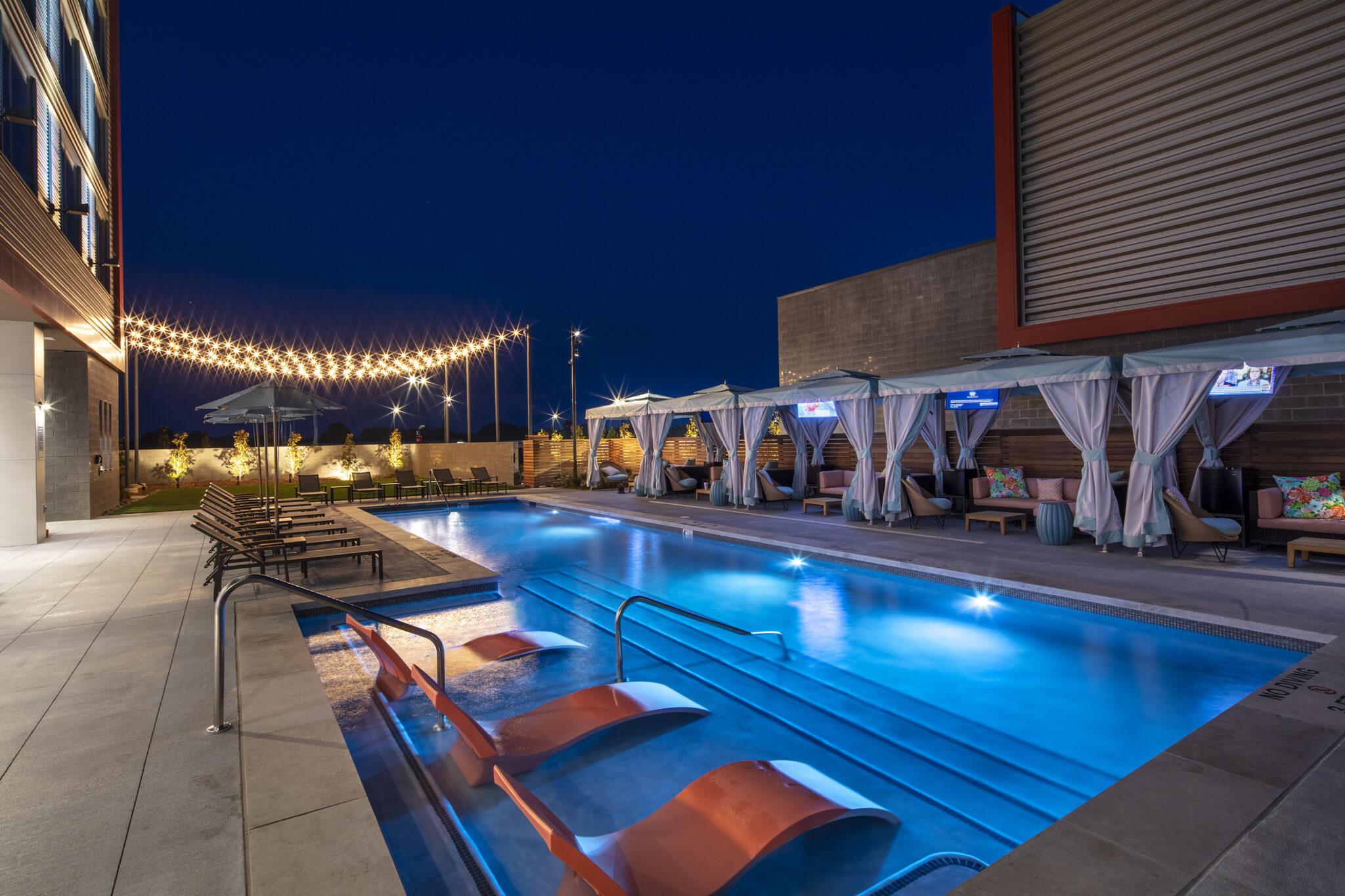
Wellness also means movement. This spa integrates:
-
Fitness center and outdoor pool with in-water loungers
-
Yoga lawn and shaded treatment areas
-
Multiple ways to stretch, breathe, and rejuvenate
Wawyé Oasis at Gun Lake Resort – Wayland, MI
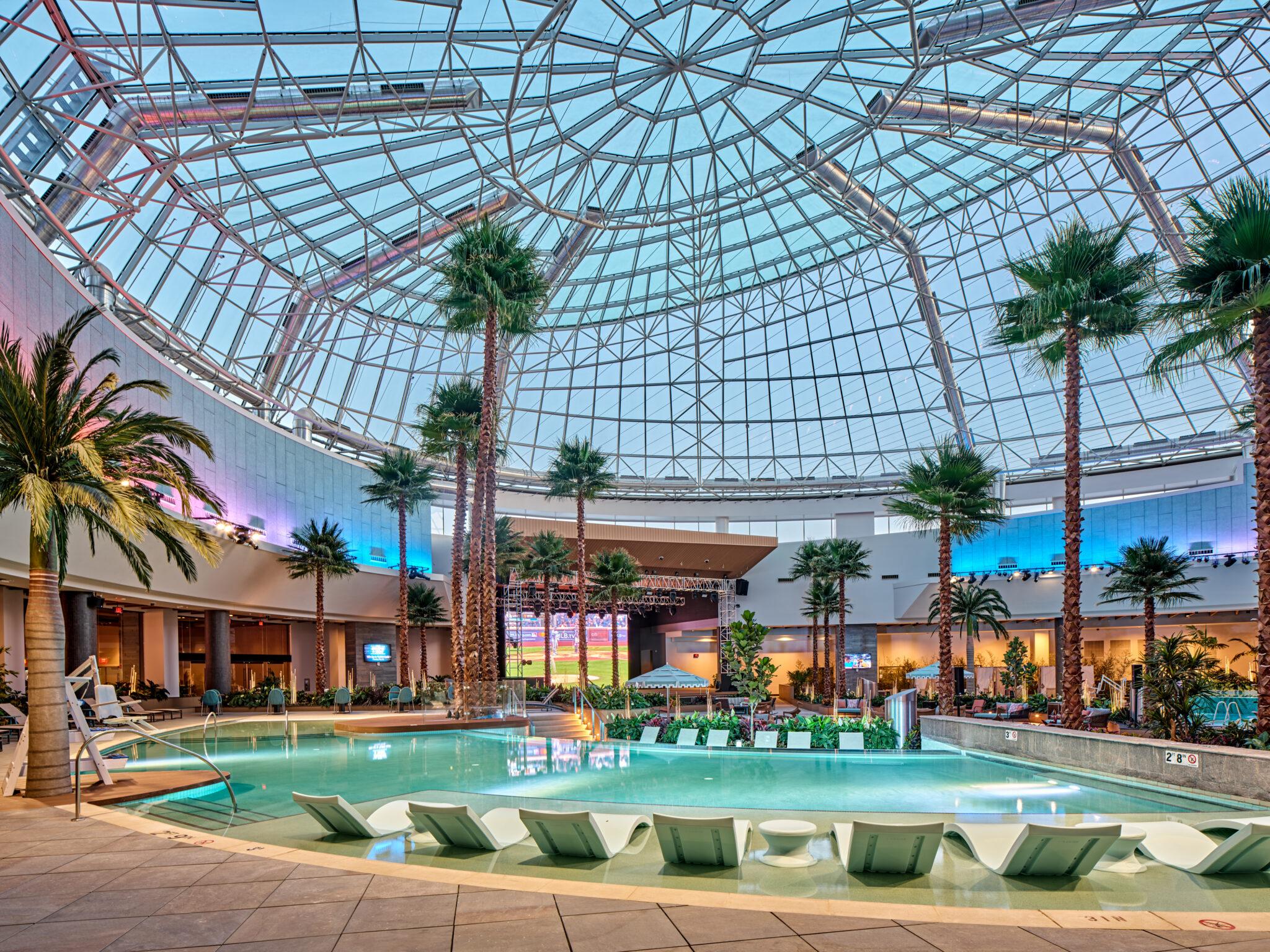
In Michigan’s cold climate, warmth and light are vital to wellness. This indoor tropical atrium offers:
-
Six-story, climate-controlled space
-
Poolside lounging by day
-
High-energy concerts and social events by night
This is wellness design that flexes to fit guest energy throughout the day.
Cache Creek Resort - Biophilic Wellness Design in Action
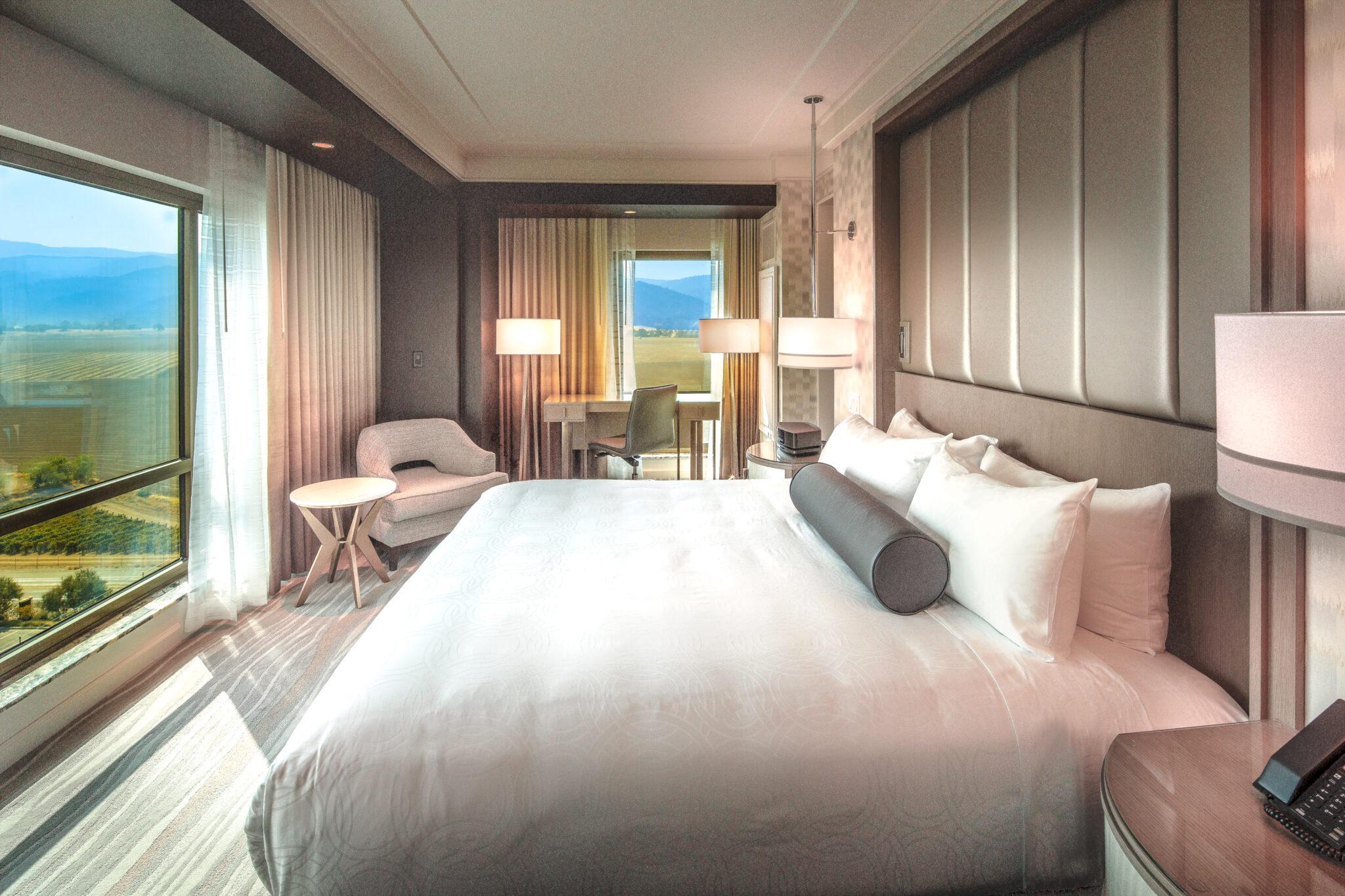
At Cache Creek Resort (CA) nature plays a leading role. We use:
-
Natural light and panoramic views
-
Organic textures and materials
-
Outdoor-inspired interiors to foster a grounded, calming atmosphere
The Future of Hospitality Is Wellness-Focused
Designing for wellness is no longer optional. It’s a powerful differentiator—and a way to build lasting emotional connection between guests and place. By focusing on wellness design, hospitality brands can meet guests where they are and give them the freedom to relax, move, and reconnect—on their own terms.


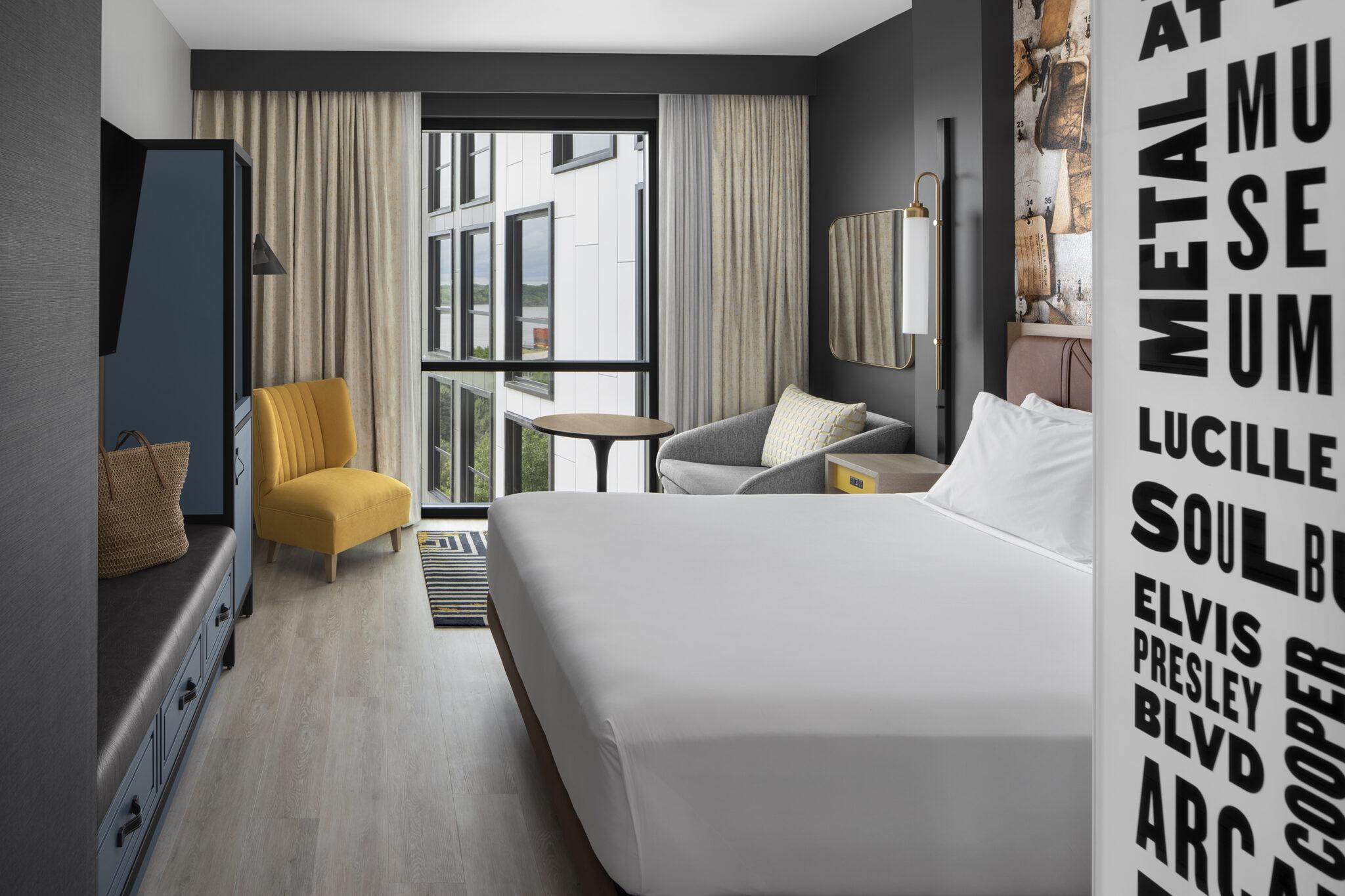

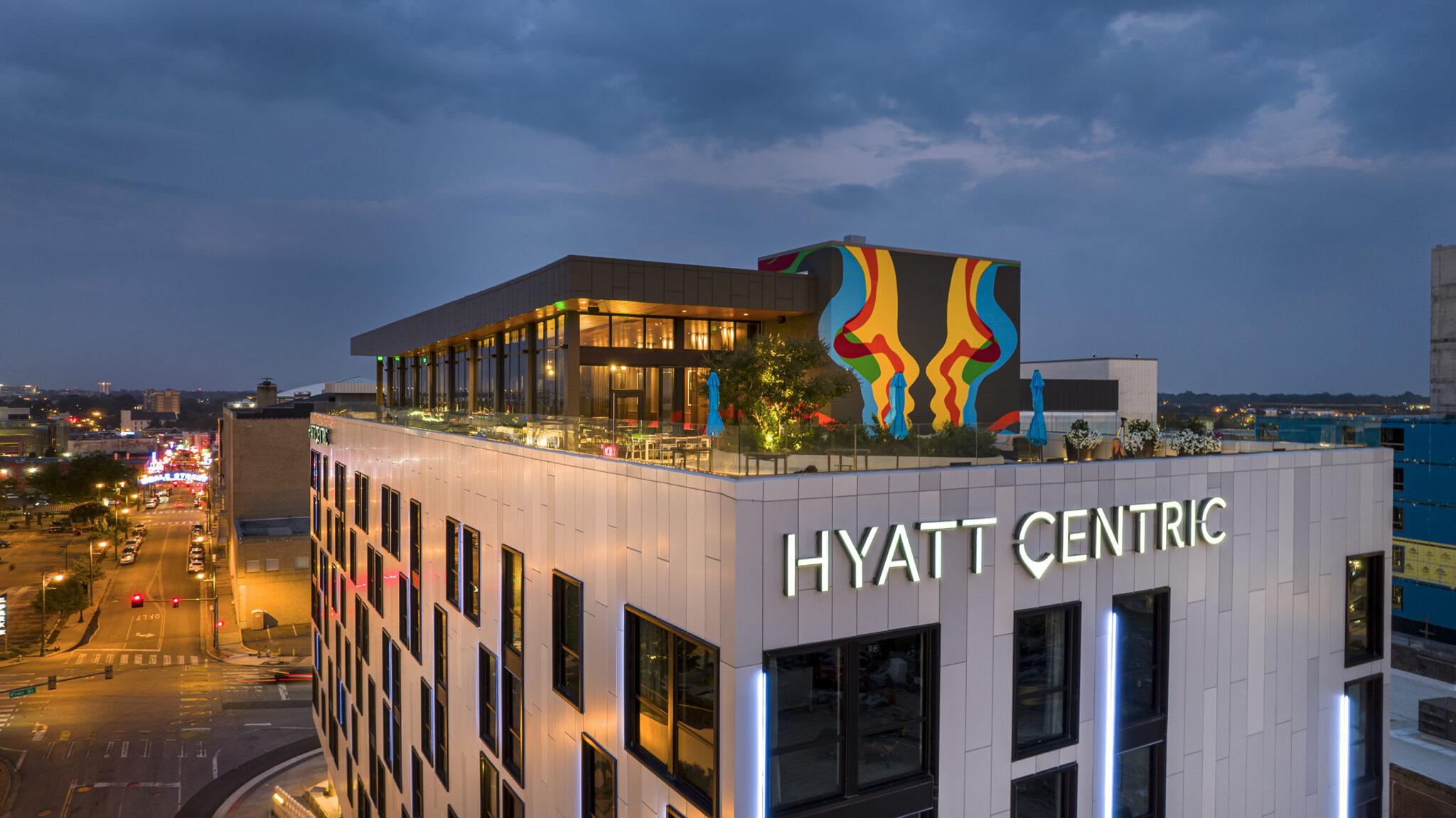
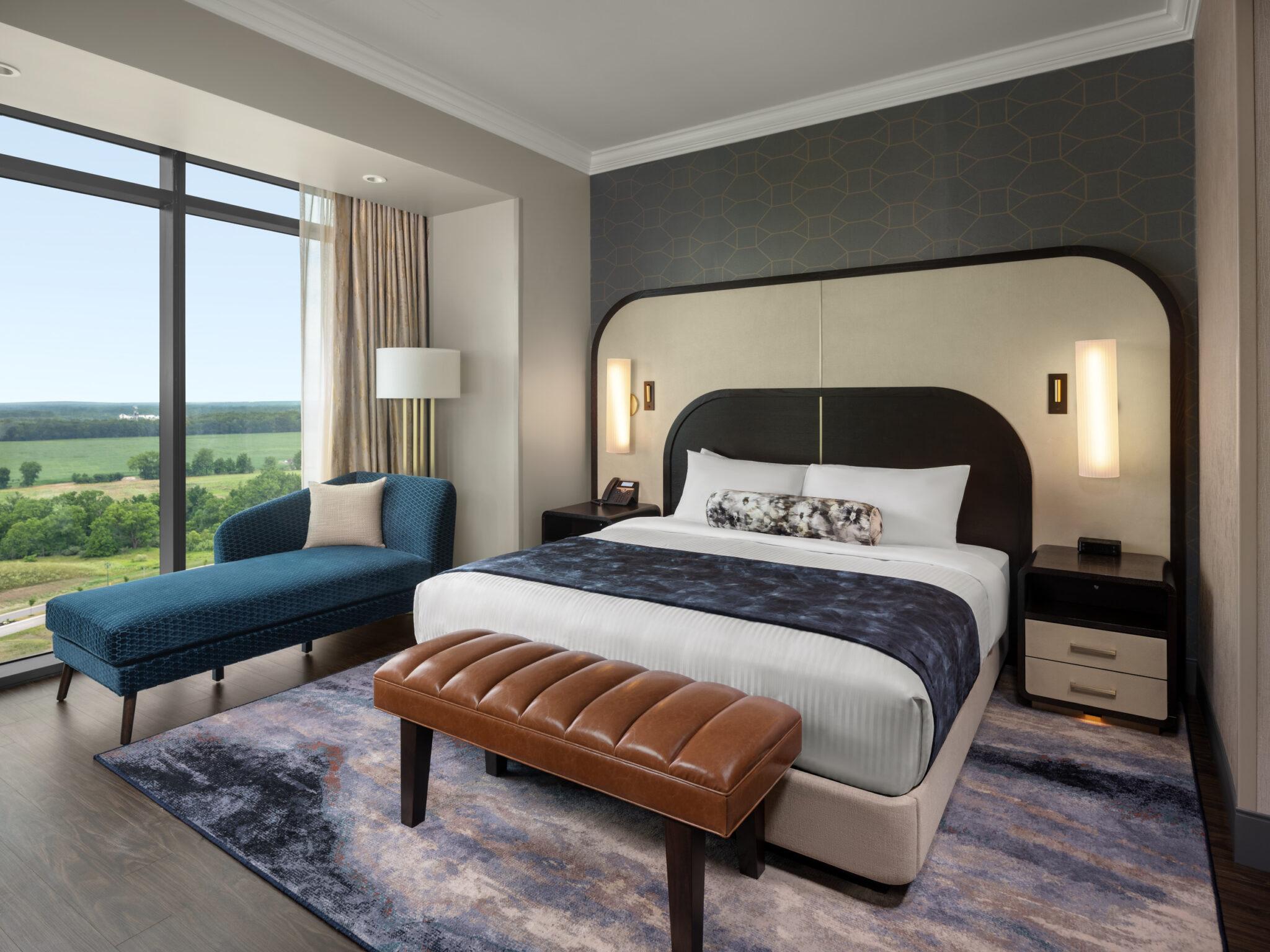
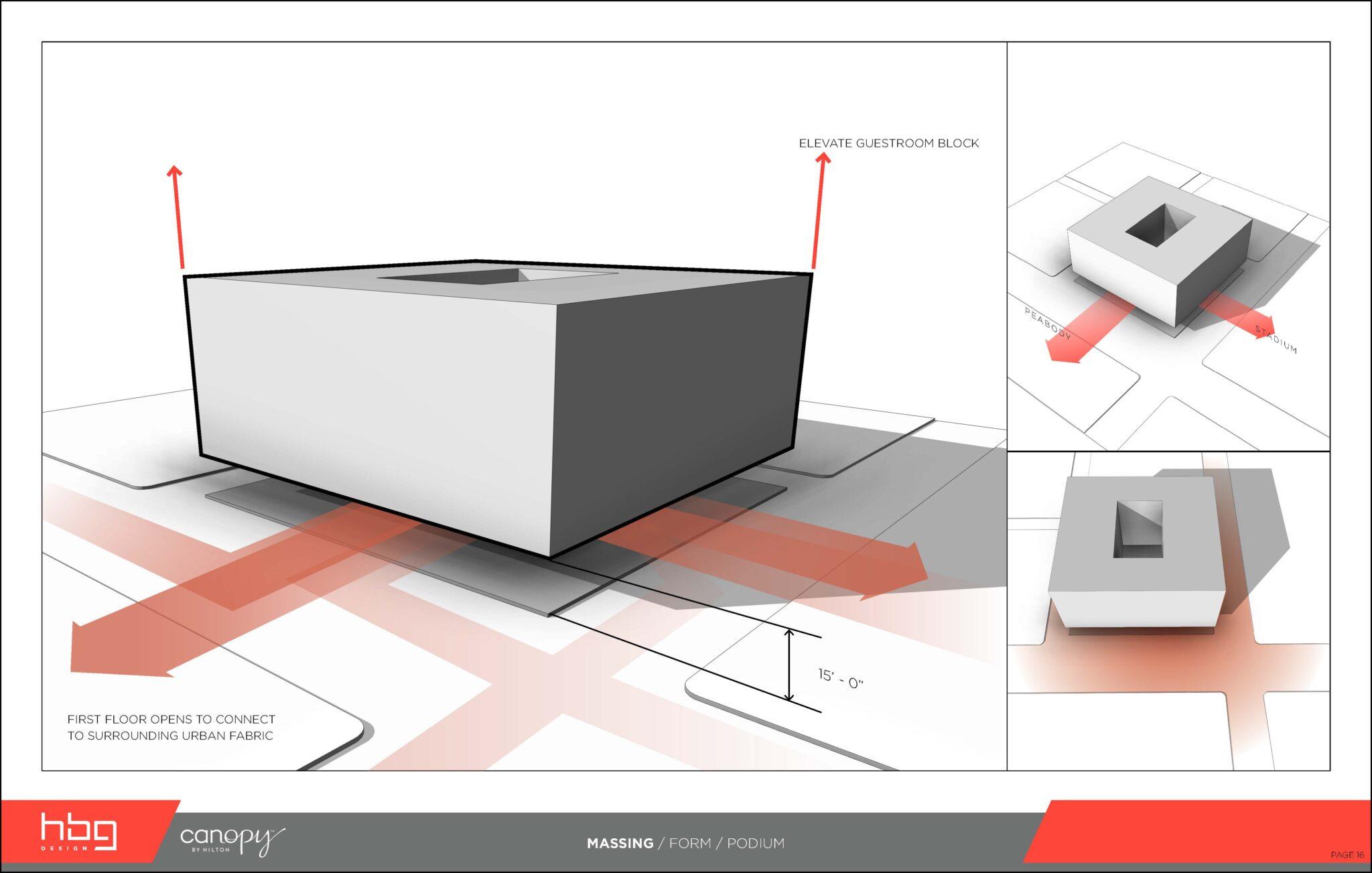
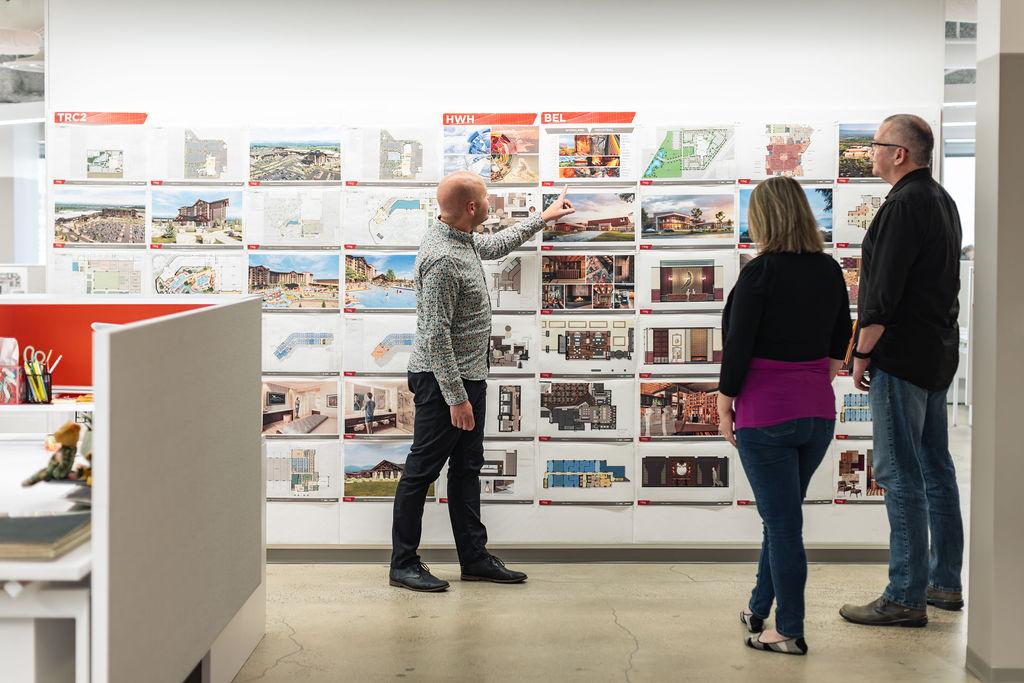
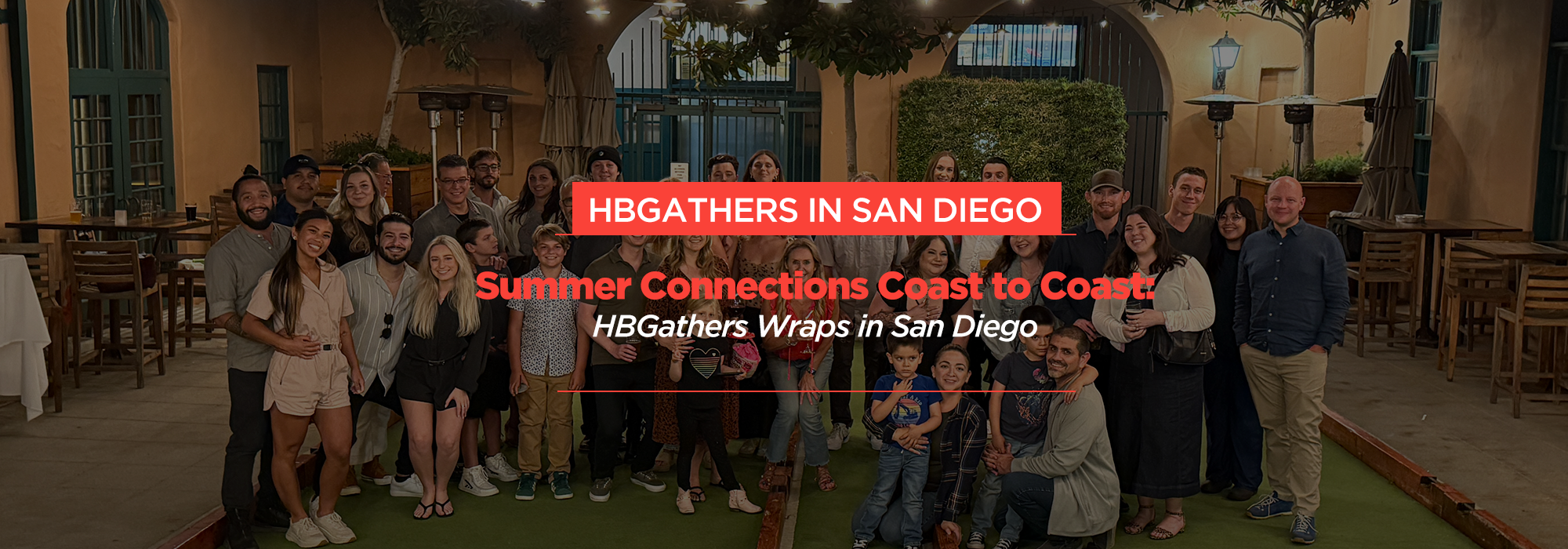
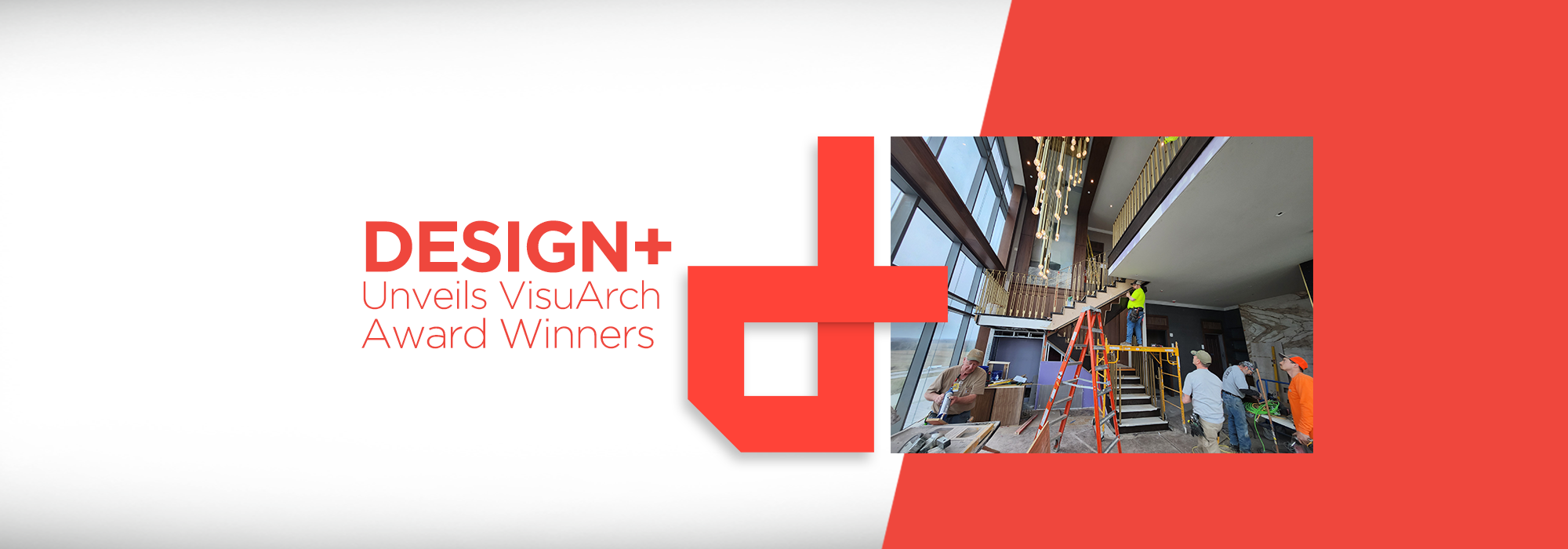
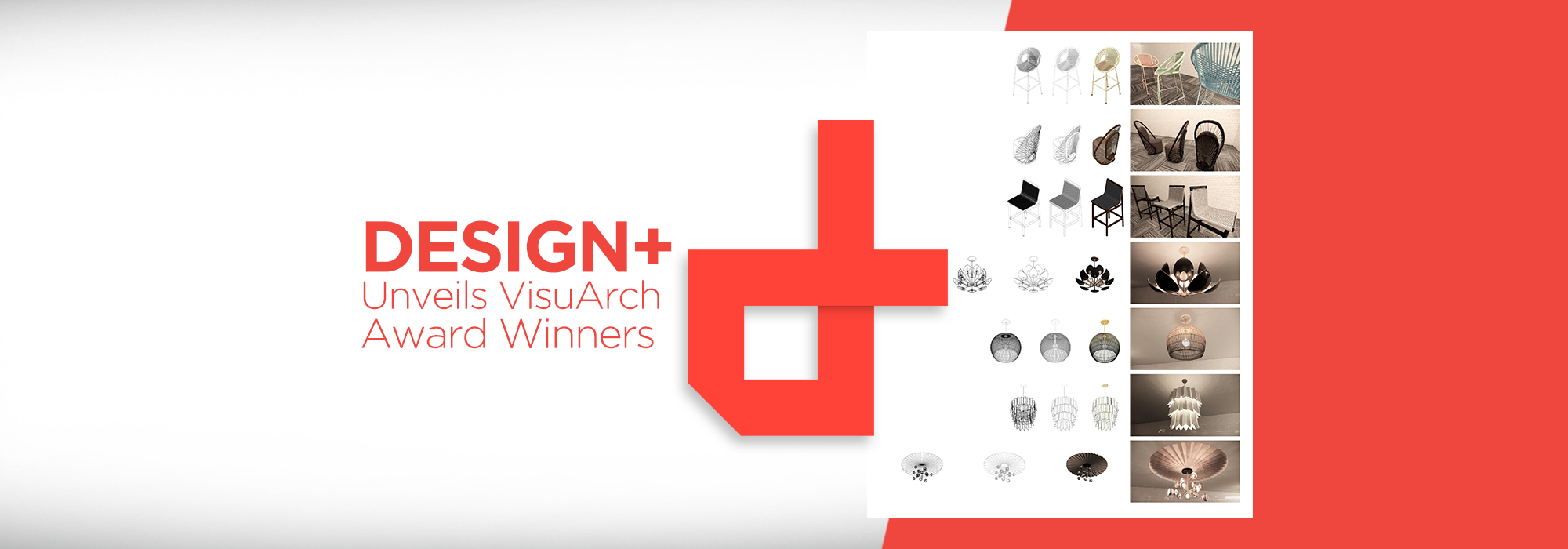
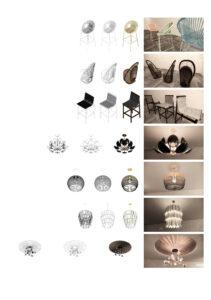 What Makes This Work Stand Out
What Makes This Work Stand Out